After a few wet days in Roma, we boarded a train for Napoli, then a ferry over to Ischia. Nearby Capri was overrun by tourists when I was there in 1996. When Italians want an island getaway, they more often head to Ischia. We’d opted for the slower ferry, enjoying the ride across the Bay of Naples, past the island of Procida
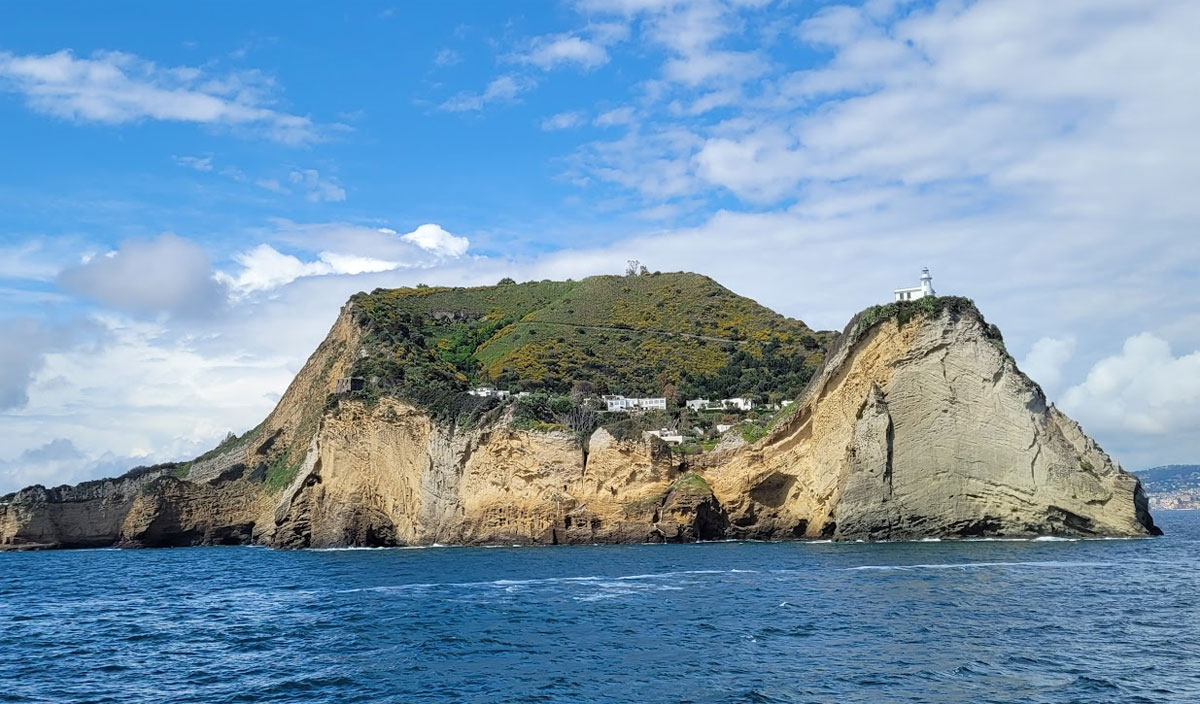
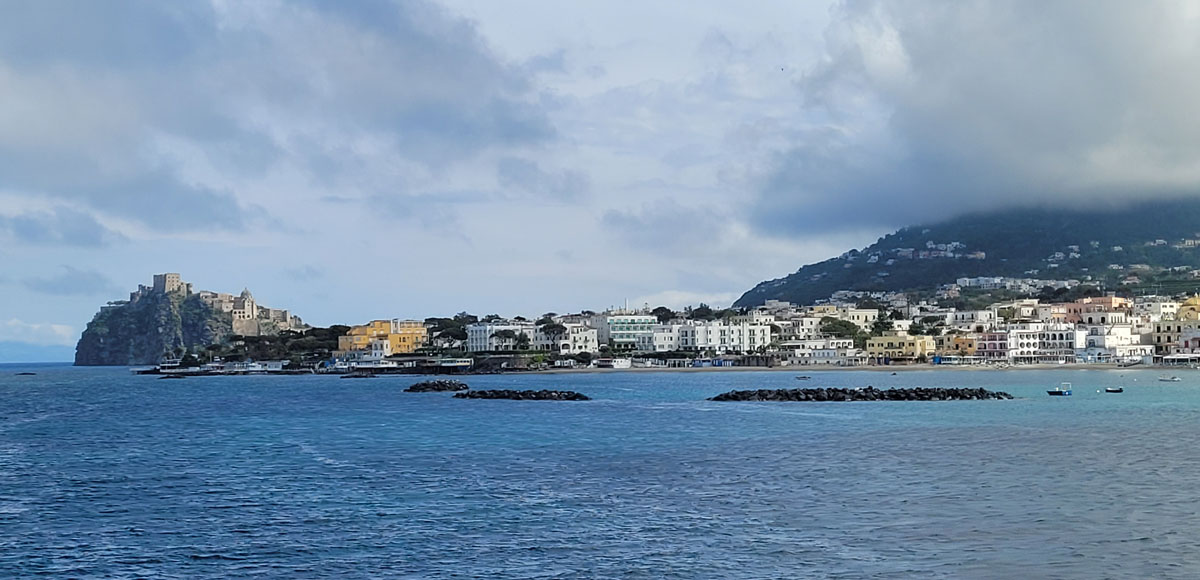
We landed in Porto Ischia, the largest town, which we’ll return to later.
We jumped in a cab and rode ¾ around the island to Sant’Angelo, a former fishing village that hosts several spas, thanks to the numerous hot springs in the area. The town is so small and the hill so steep that nothing larger than a golf cart is allowed on its tiny streets.
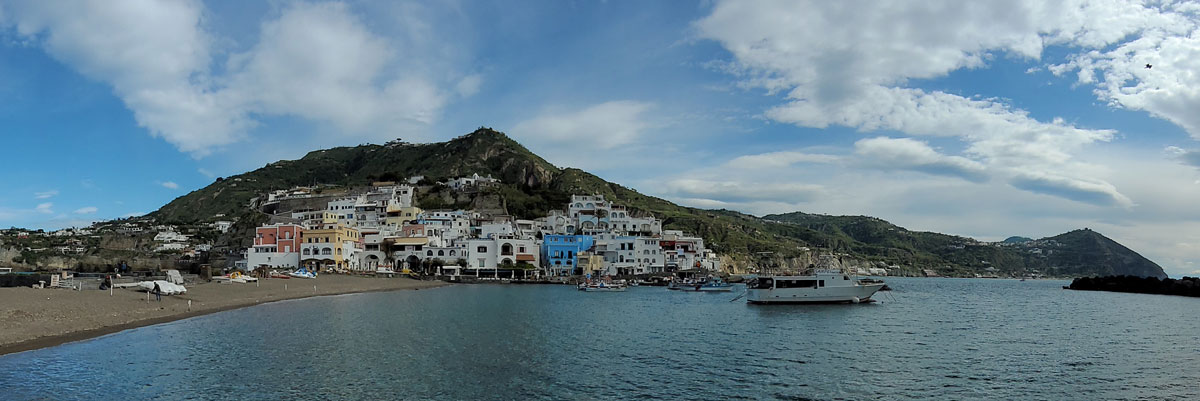
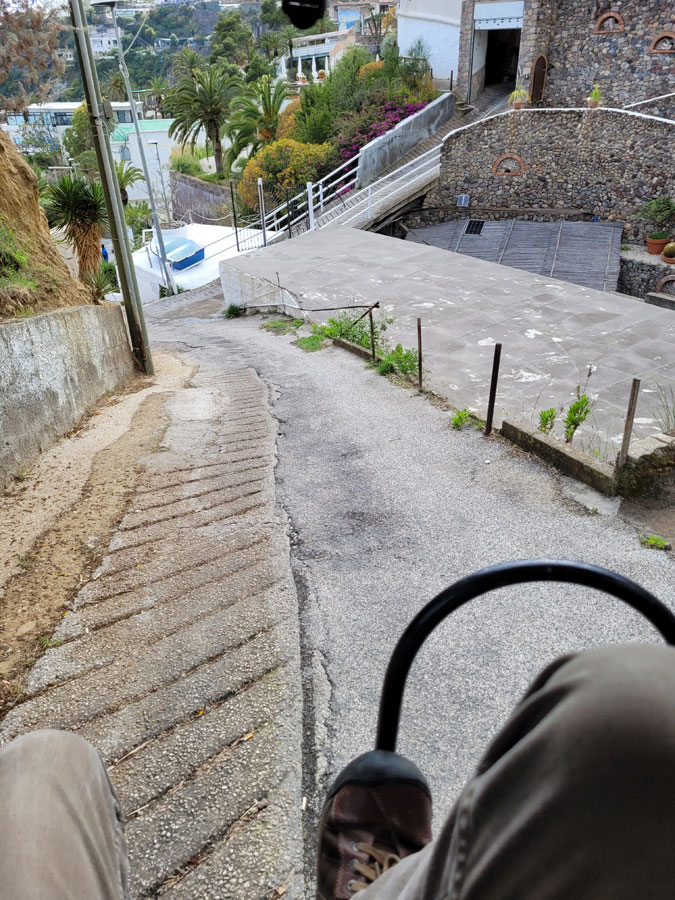
We dropped our bags and gawked at the view for a while before hiking down (and then up and then down again) into the town proper, admiring views along the way. After the hustle and bustle of Rome, Sant’Angelo felt empty.
This is not a complaint.
We were well in advance of the height of the season, the summer months when the beaches and spas fill up.
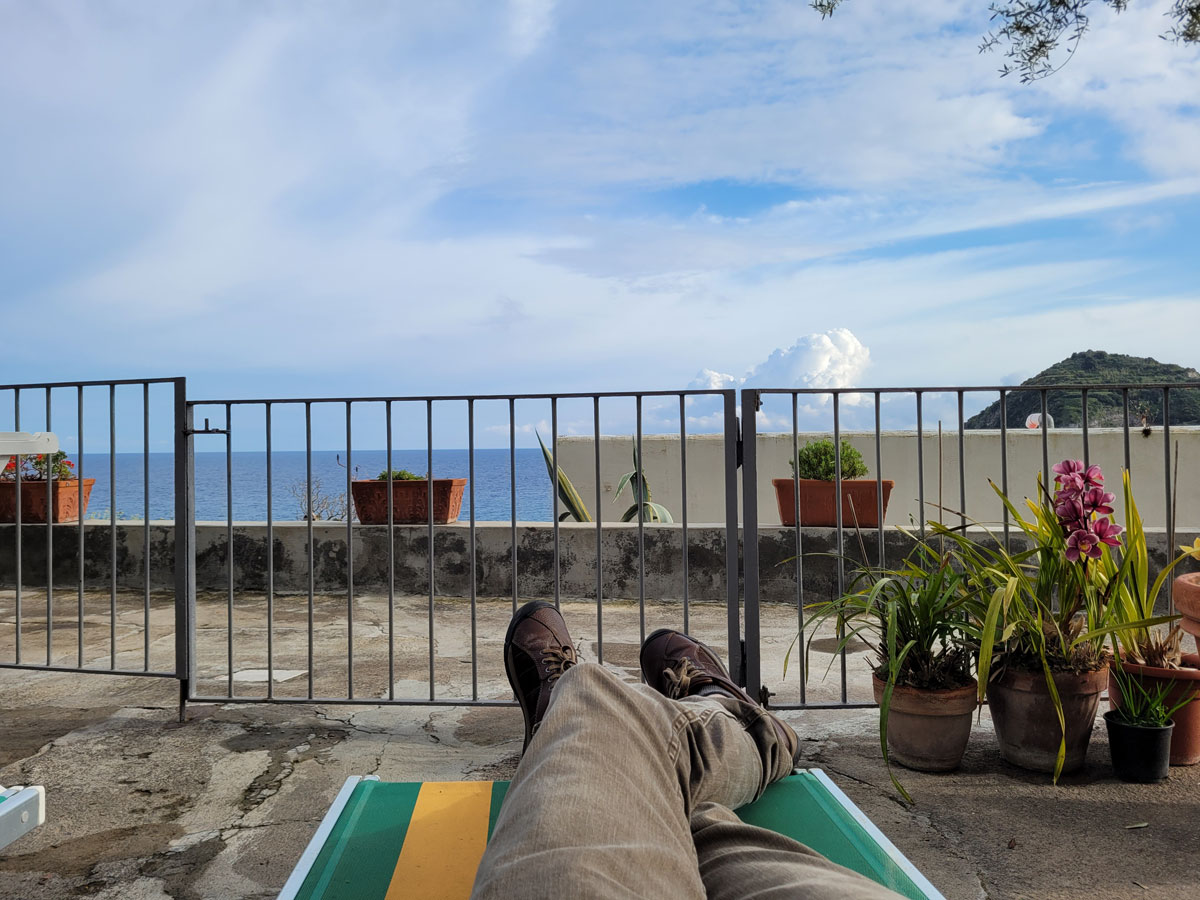
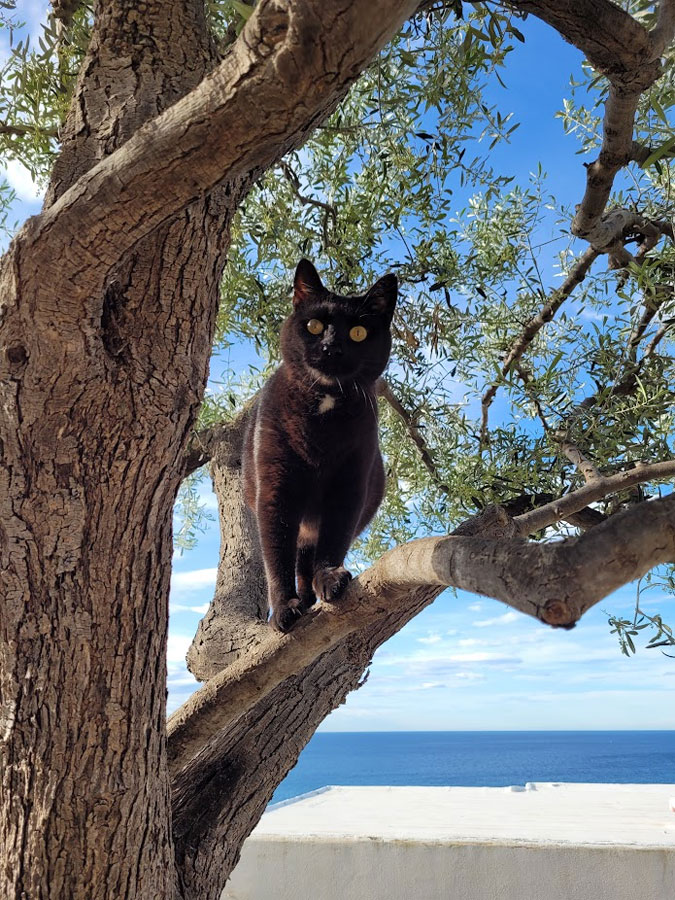
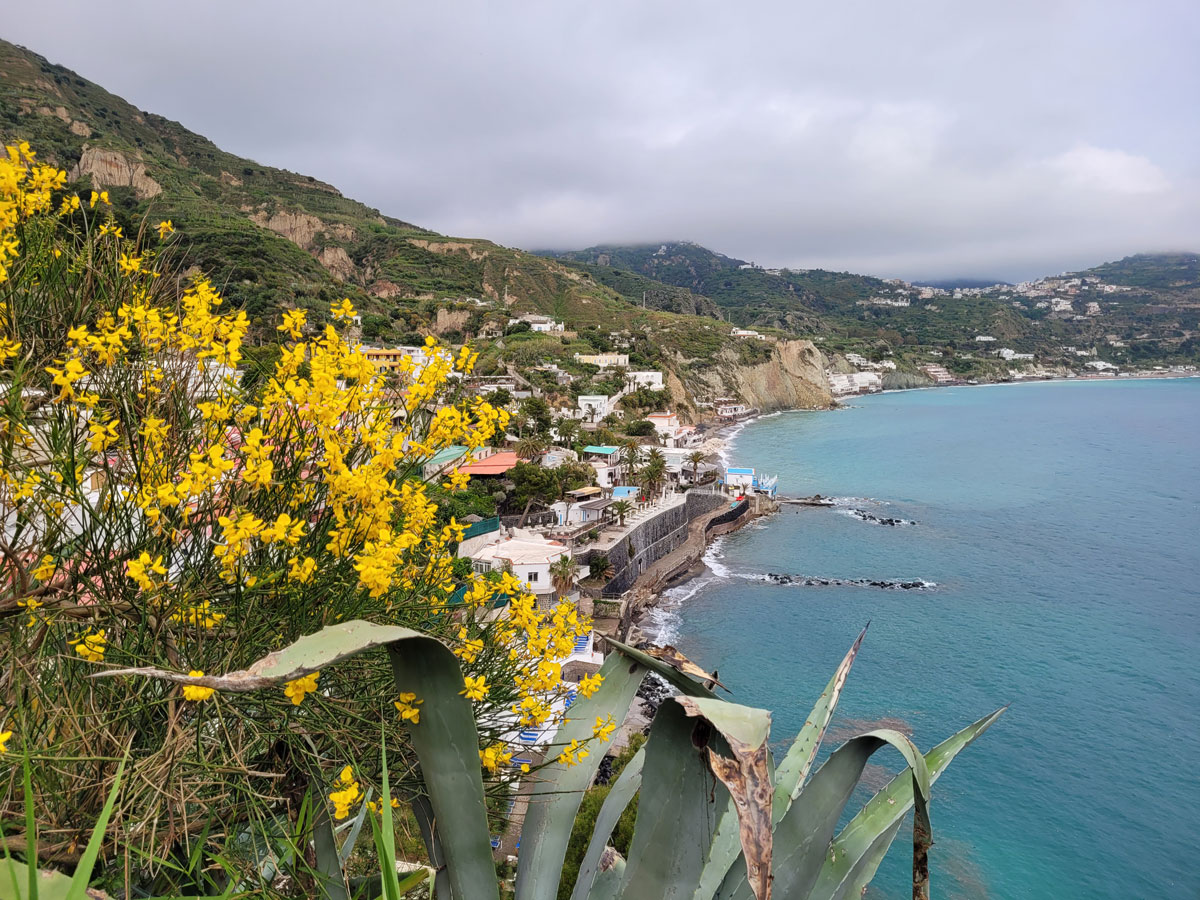
The town and setting are idyllic. Often I’d find I was just standing and staring, sometimes for 15 minutes or more, just taking in the breeze and the colors. Wildflowers in purple, orange and yellow. Whitewashed buildings. Volcanic stone in green, brown and black. Cacti and succulents. And always that sapphire sea. Capri was sometimes visible off to the left, but the cruise ships can have her.
Fumarole Beach occasionally steams due to thermal activity below. Beachgoers will mark a hot spot with a few sticks, and signs warn you about just how hot those spots can get.
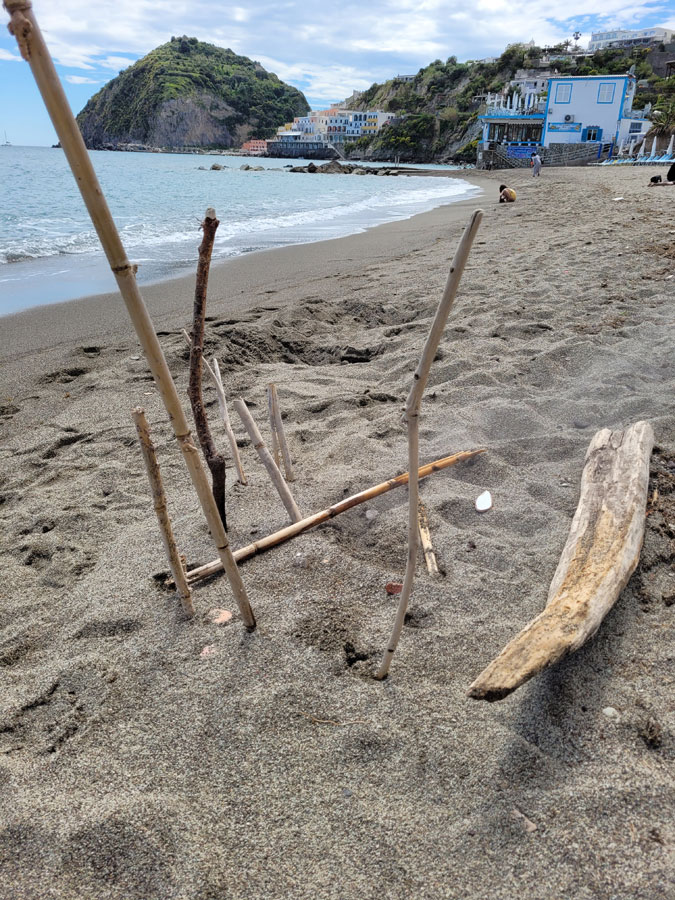
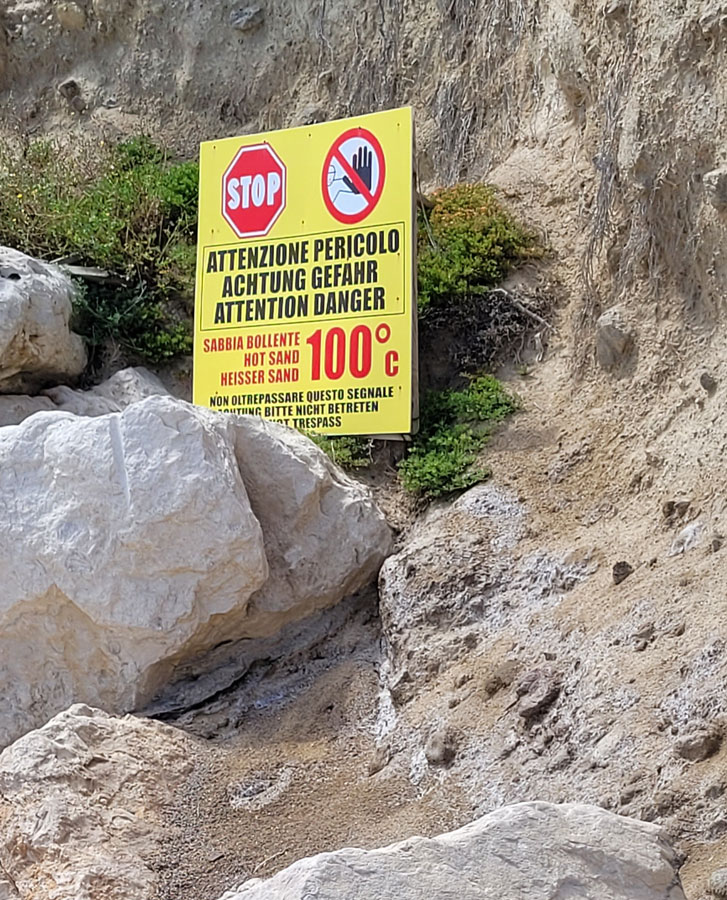
A popular activity on the beach was to buy a massage, then get buried in warm sand, then go jump in the Mediterranean to wash off. In late April/early May, the water was a bit too chilly to linger in, but on warm days it was fine for a short dip.
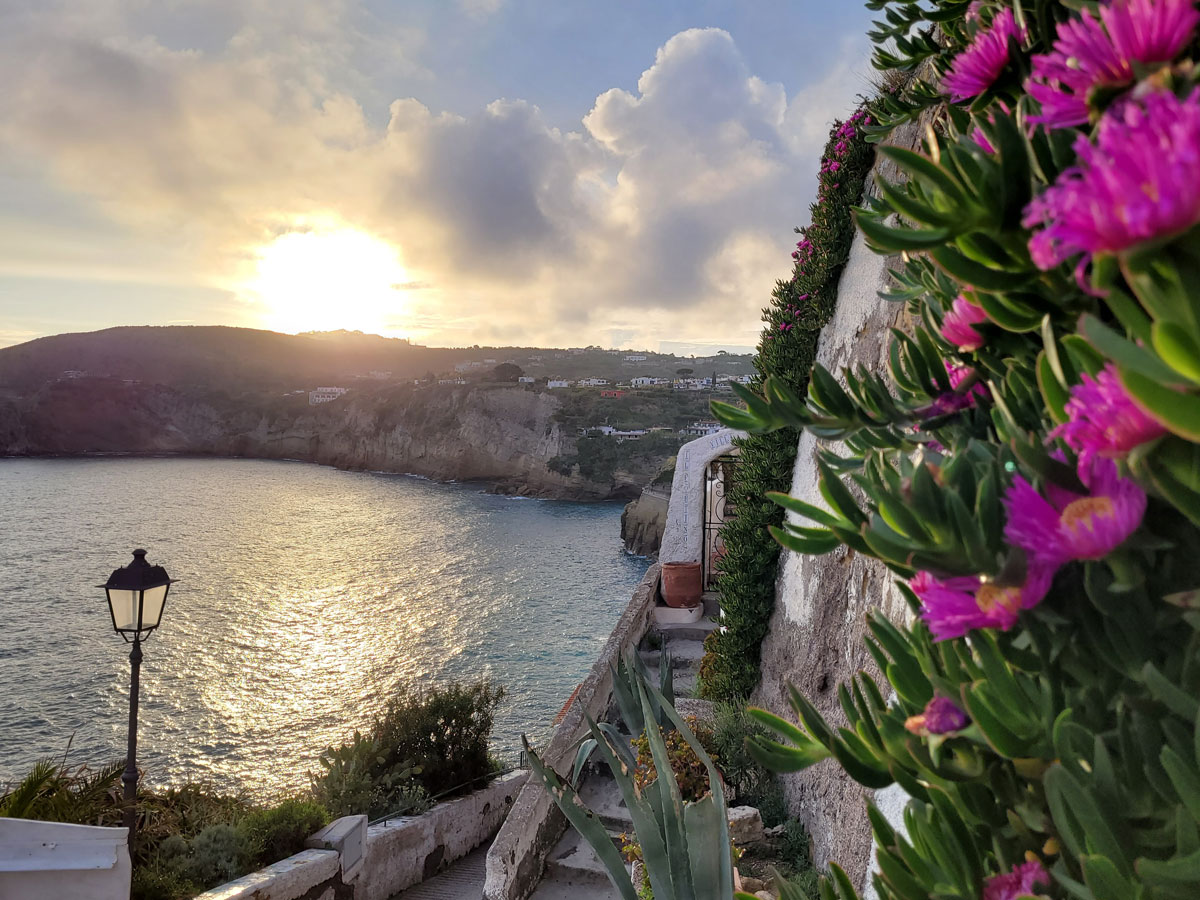
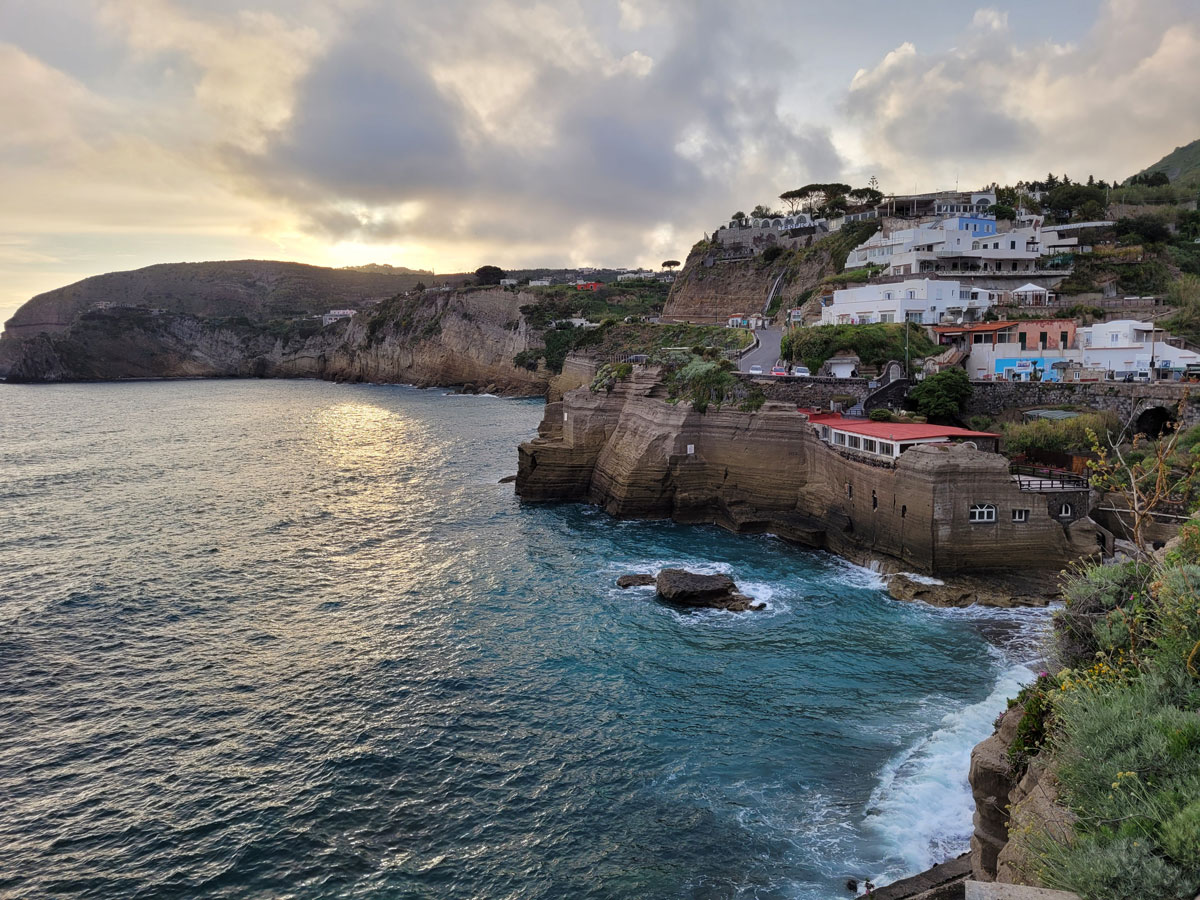
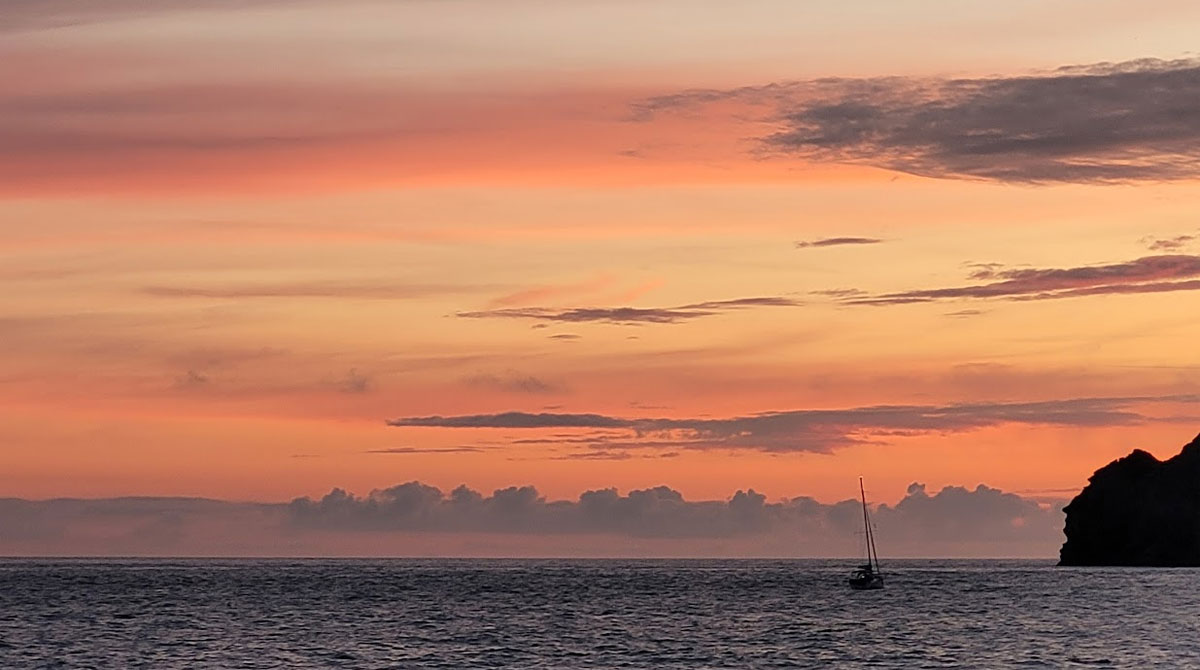
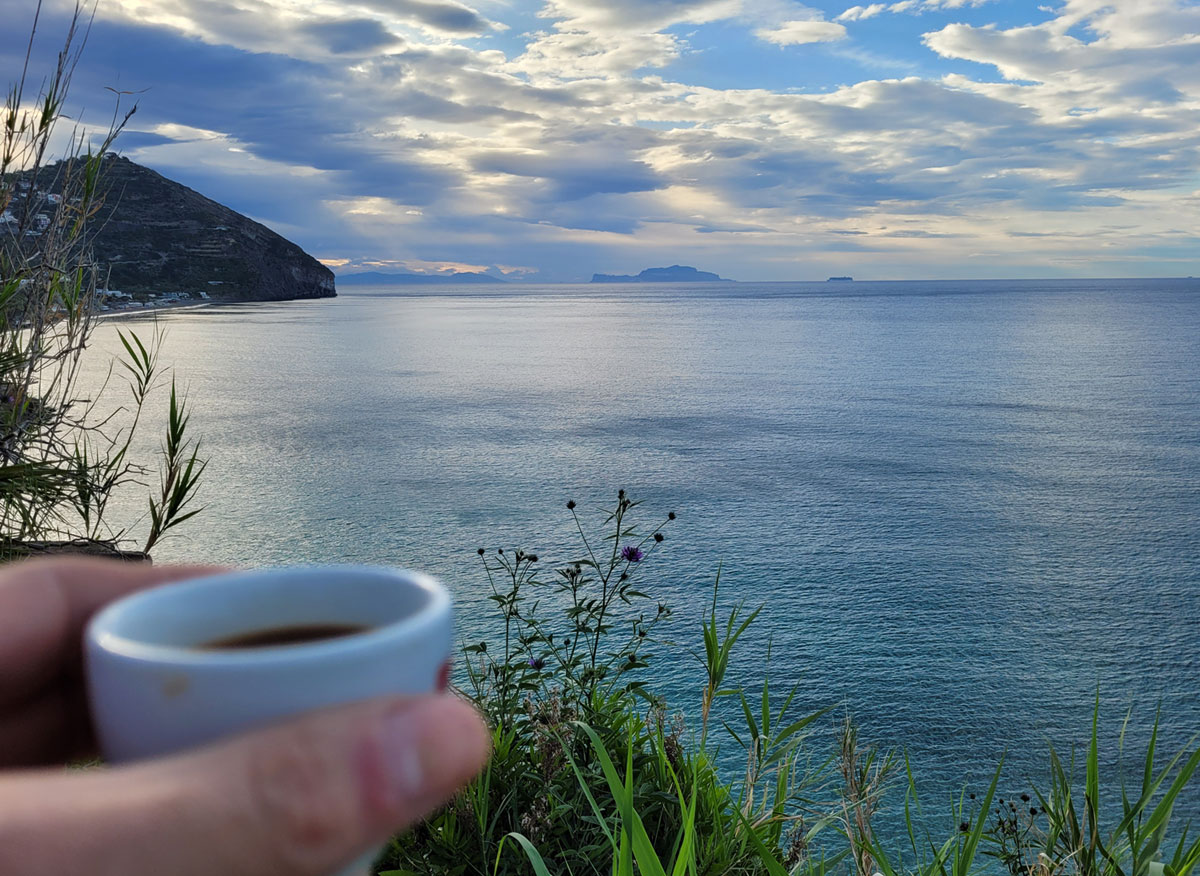
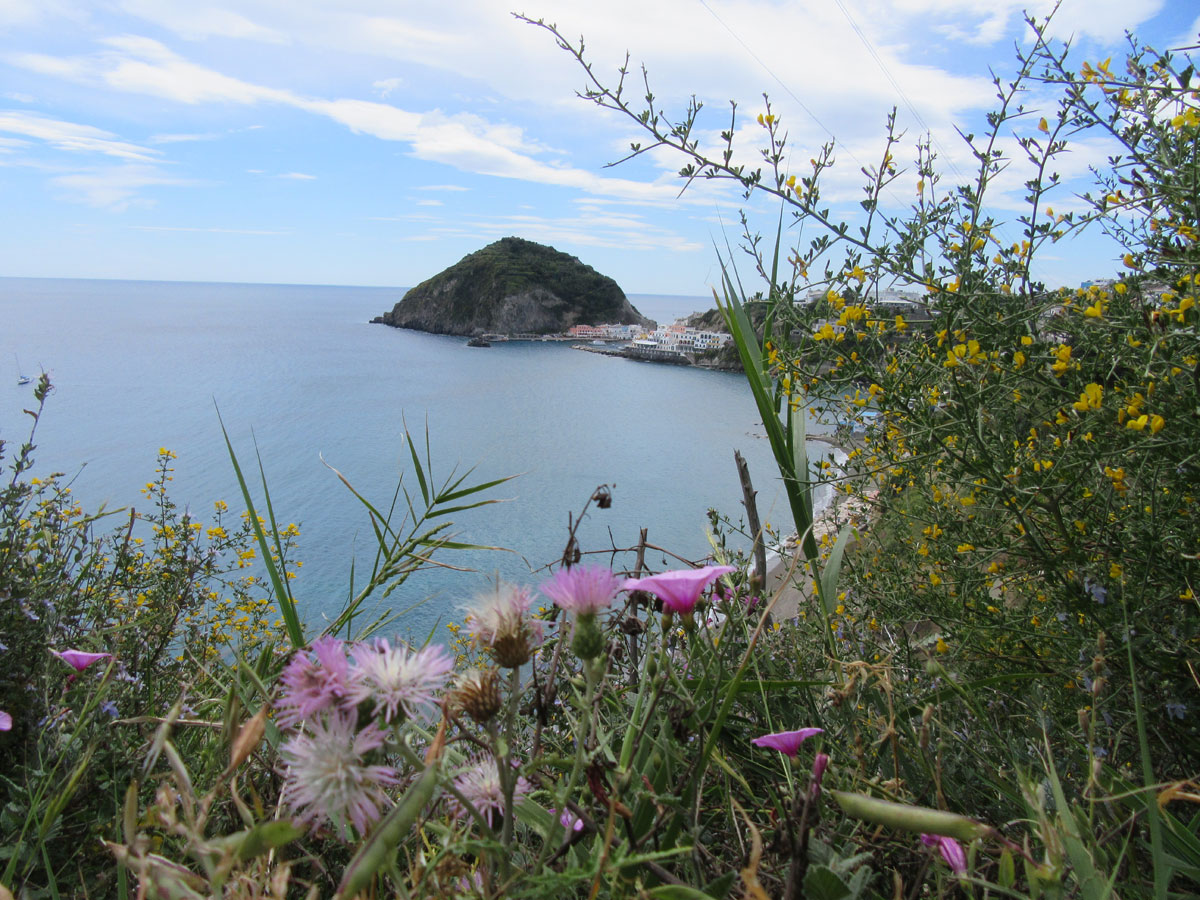
A trail leads from Sant’Angelo over a hill to the neighboring beach where slightly fancier restaurants cater to passengers of party boats on the weekends. We had a beer and gathered shards of ceramic tile, modern stuff that had washed up on the beaches with edges rounded by incessant sanding. We never did find out why there were so many of them. One local said they were just washed up when people dumped them in the sea after renovations, but there were far too many, and too many types, for it to be renovations in Sant’Angelo, or even Ischia as a whole. Also, we’d find shards halfway up the mountain, or embedded in the mortar of stone walls. Perhaps Neapolitans are using Vesuvius as a trash dump and Ischia happens to be at the right distance to catch ceramics as they are ejected by the volcano.
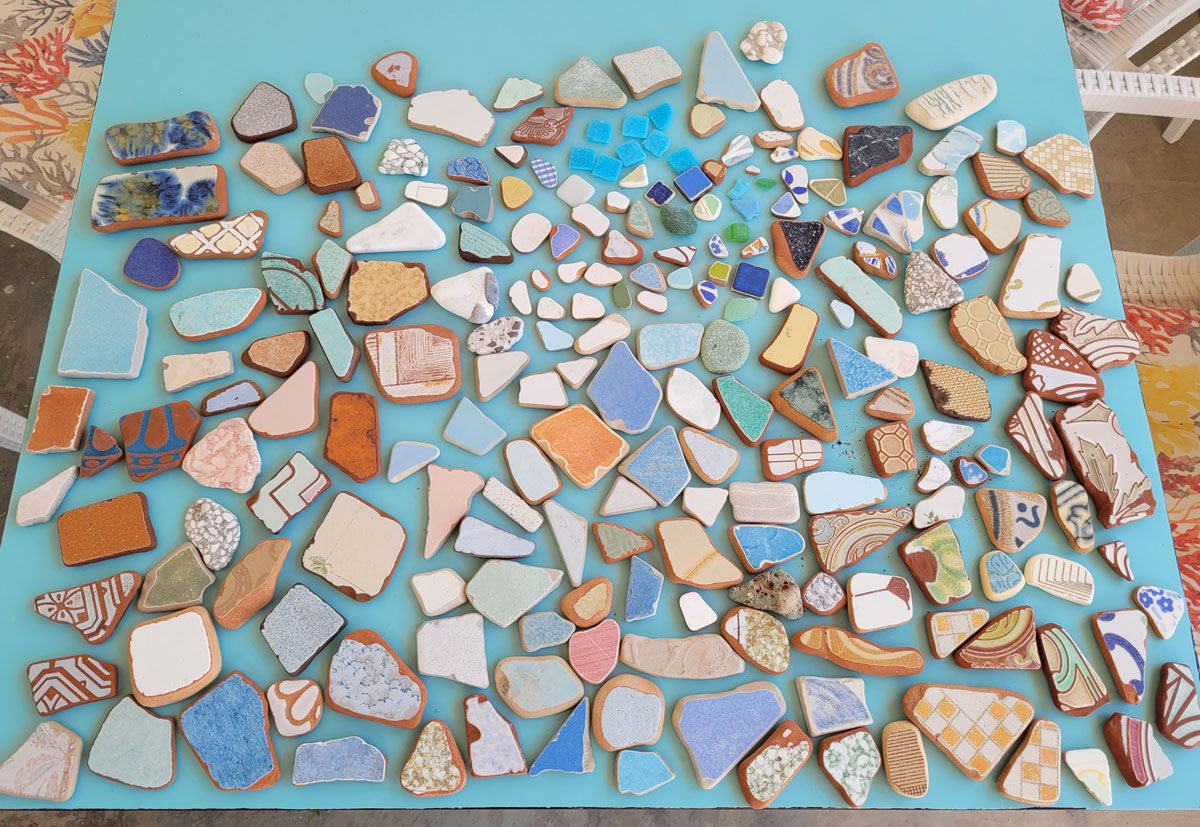
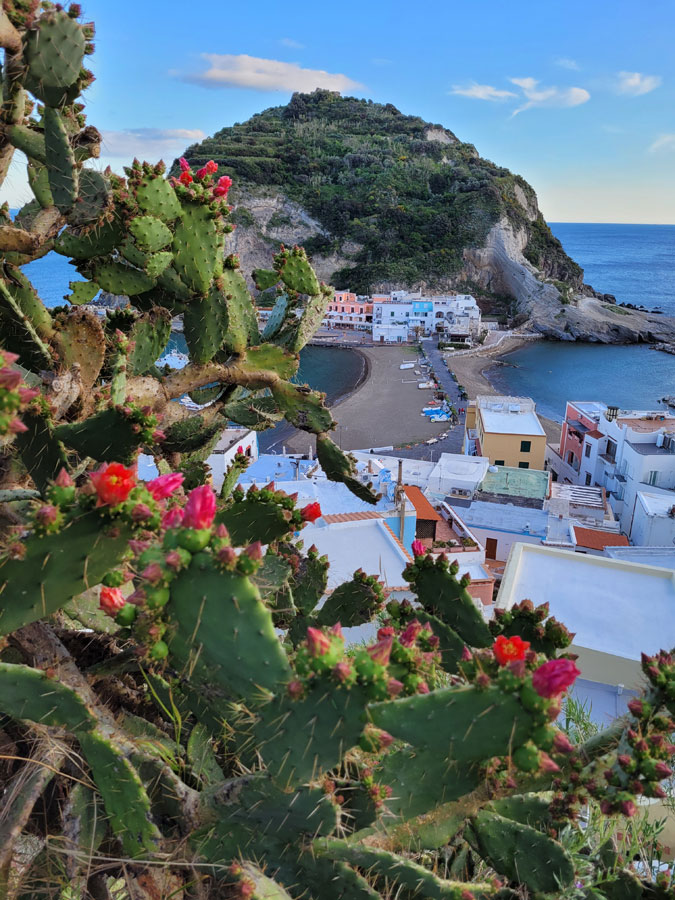
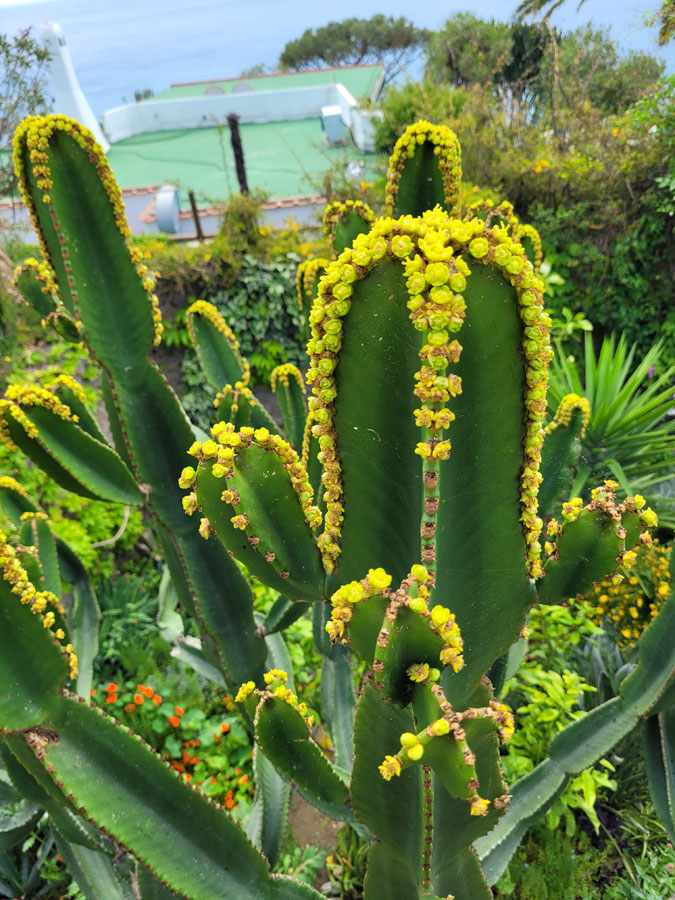
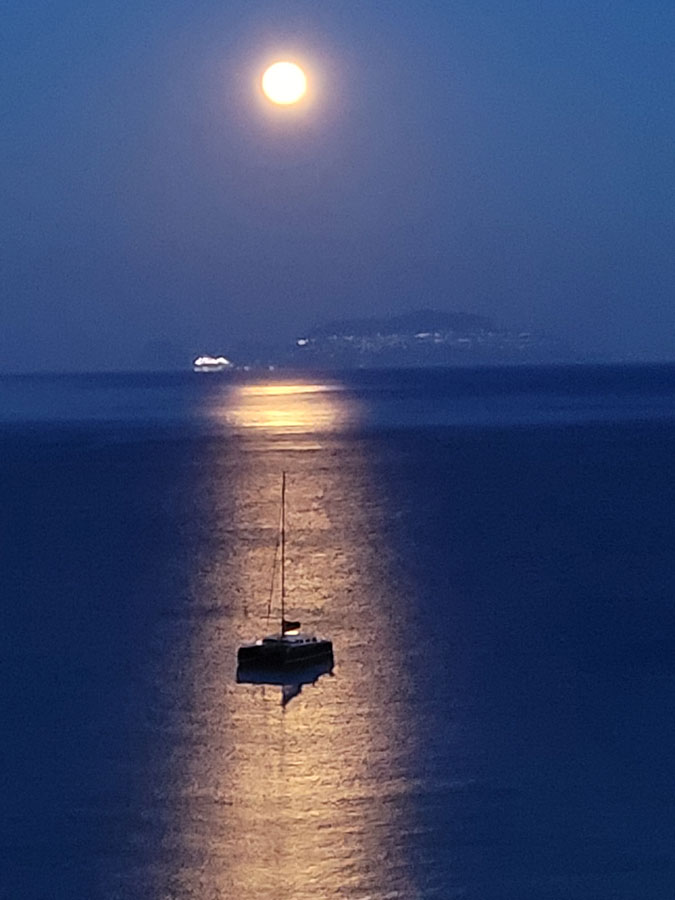
Sant’Angelo lacks a grocery store larger than the average American convenience store. The restaurant selections are few and not cheap. But a gelato while watching the sun set and the moon rise over the sea while having the dock to yourself goes a long way in my travel guide.

For one of our day trips, we hopped a bus to Forio, one of the larger towns on the island, to visit Giardini Ravino, a garden that specializes in cacti and succulents.
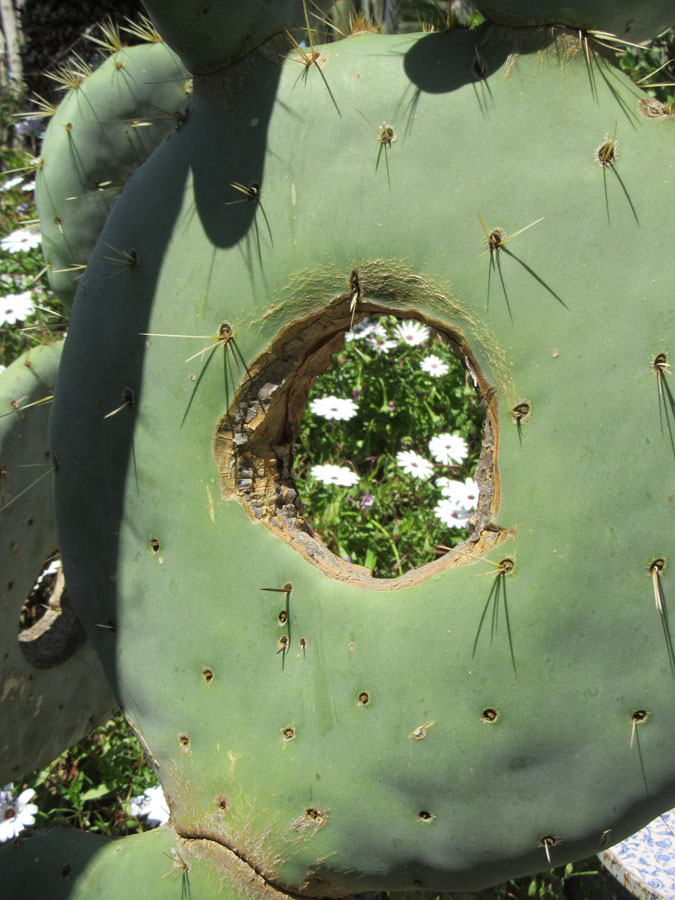
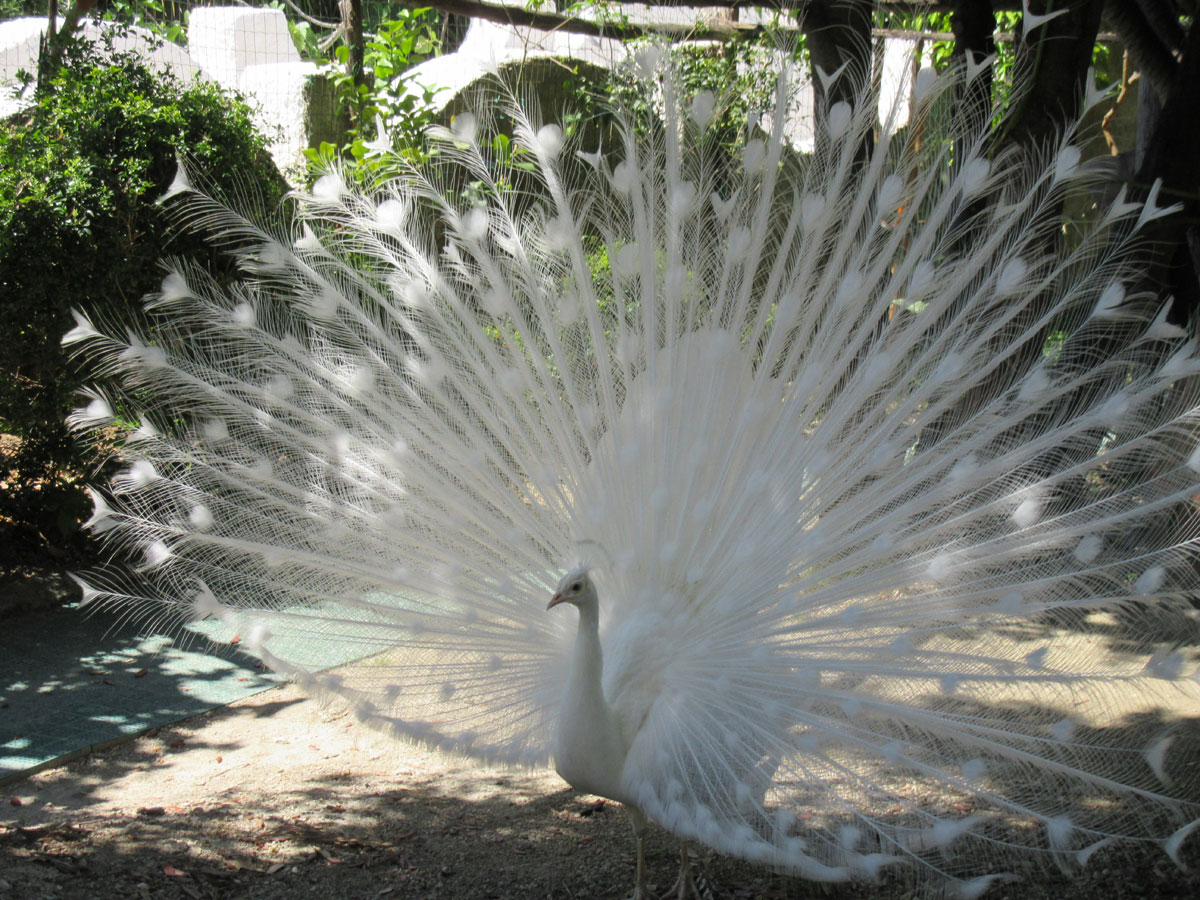


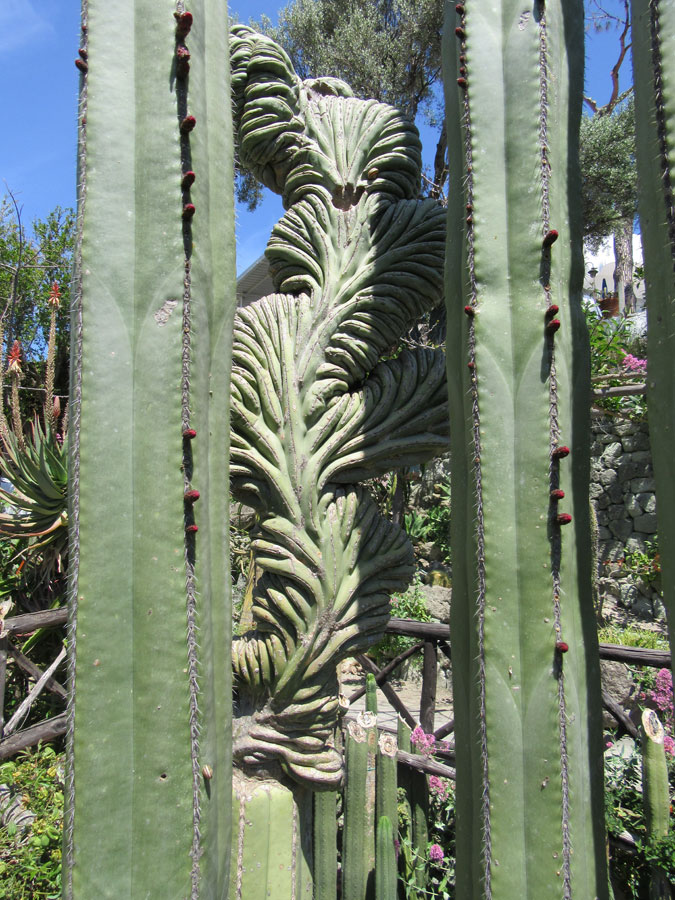
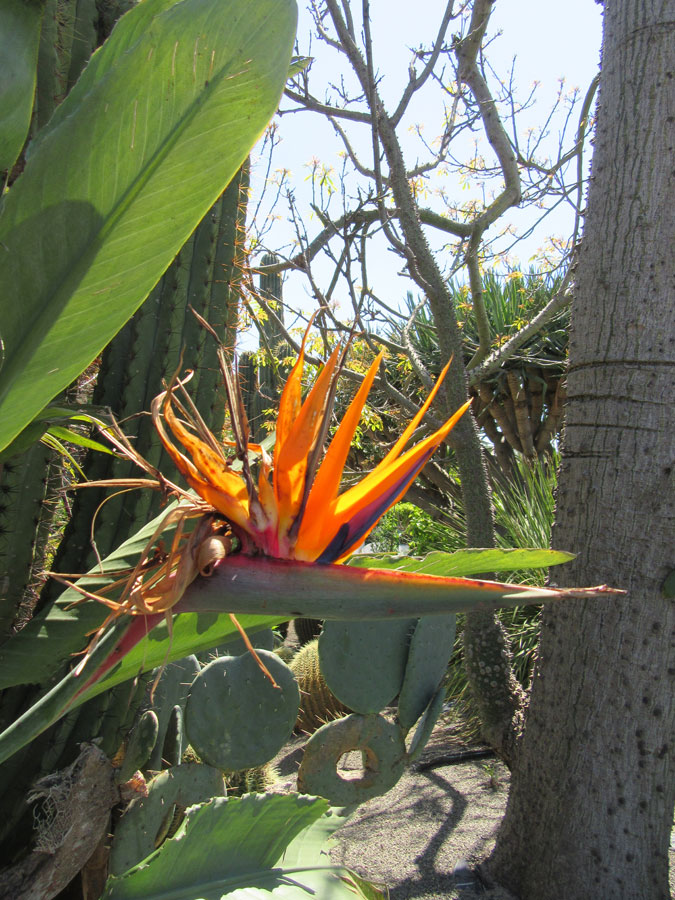

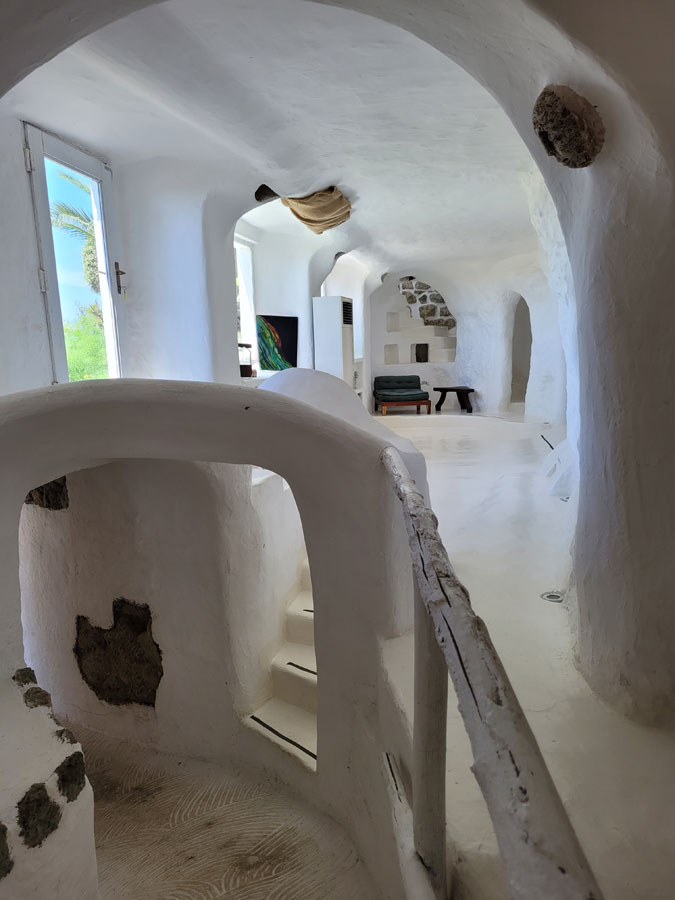
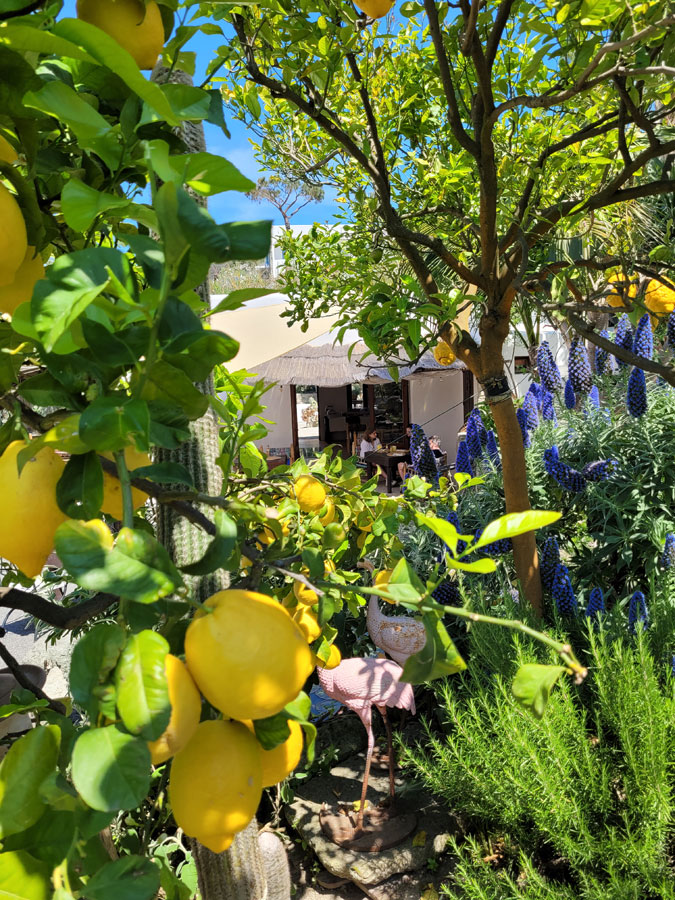
The town of Forio itself is cute, considerably less busy than Ischia Porto, less chichi than the resort town of Lacco Ameno, and has many of the amenities Sant’Angelo lacks (grocery stores, ferry stop, a larger selection of restaurants, etc.) If near-absolute quiet isn’t what you need in your Italian island vacation, I’d recommend Forio. We had lunch on a patio overlooking a rock in the sea that looks like a sleeping elephant.
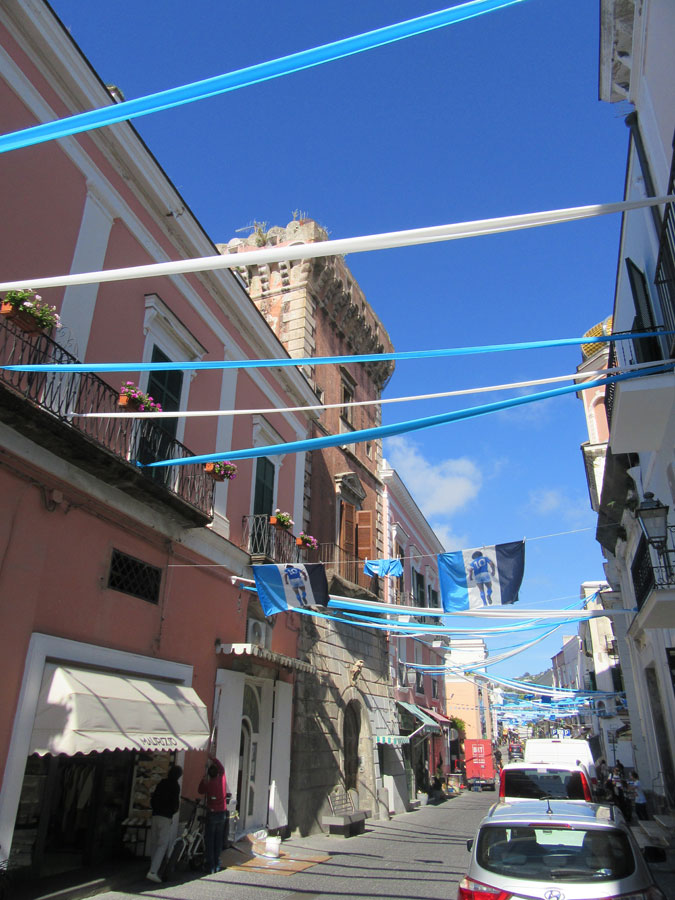
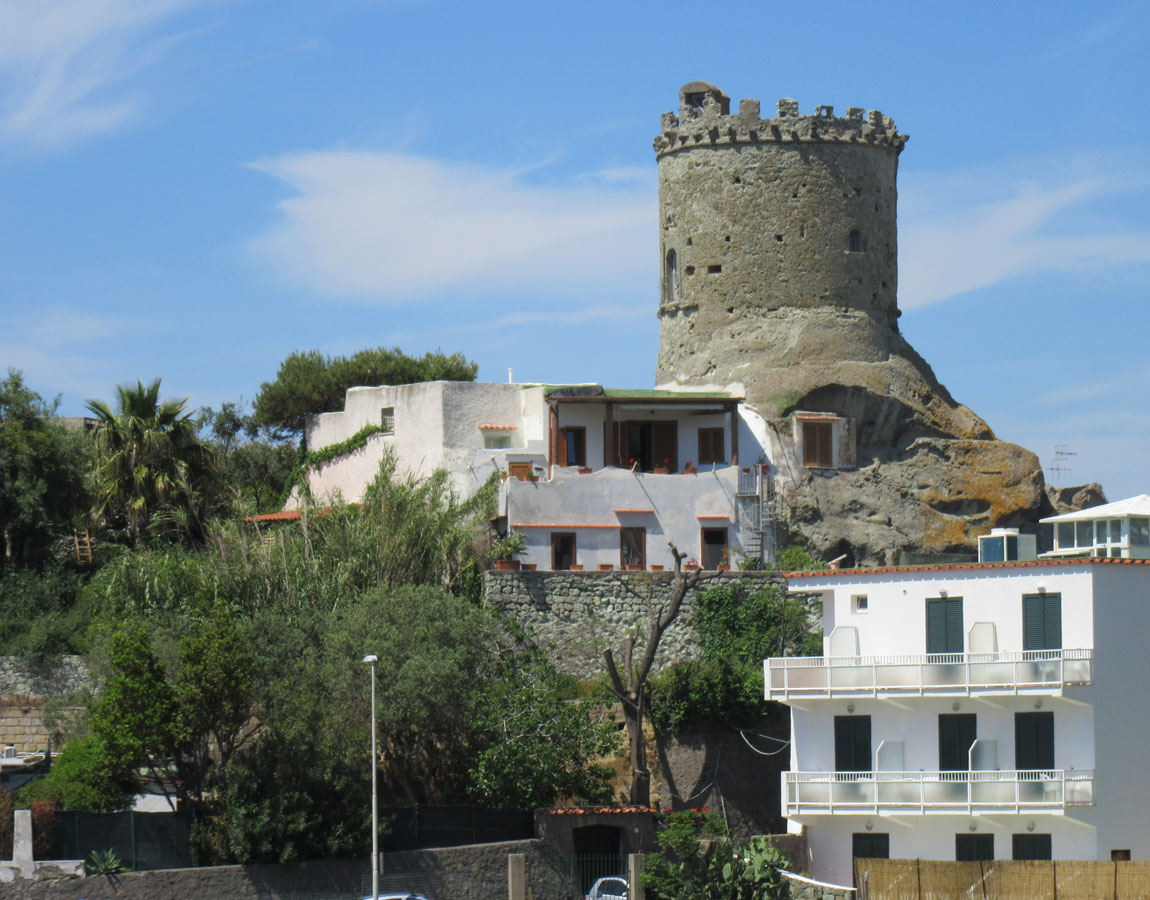
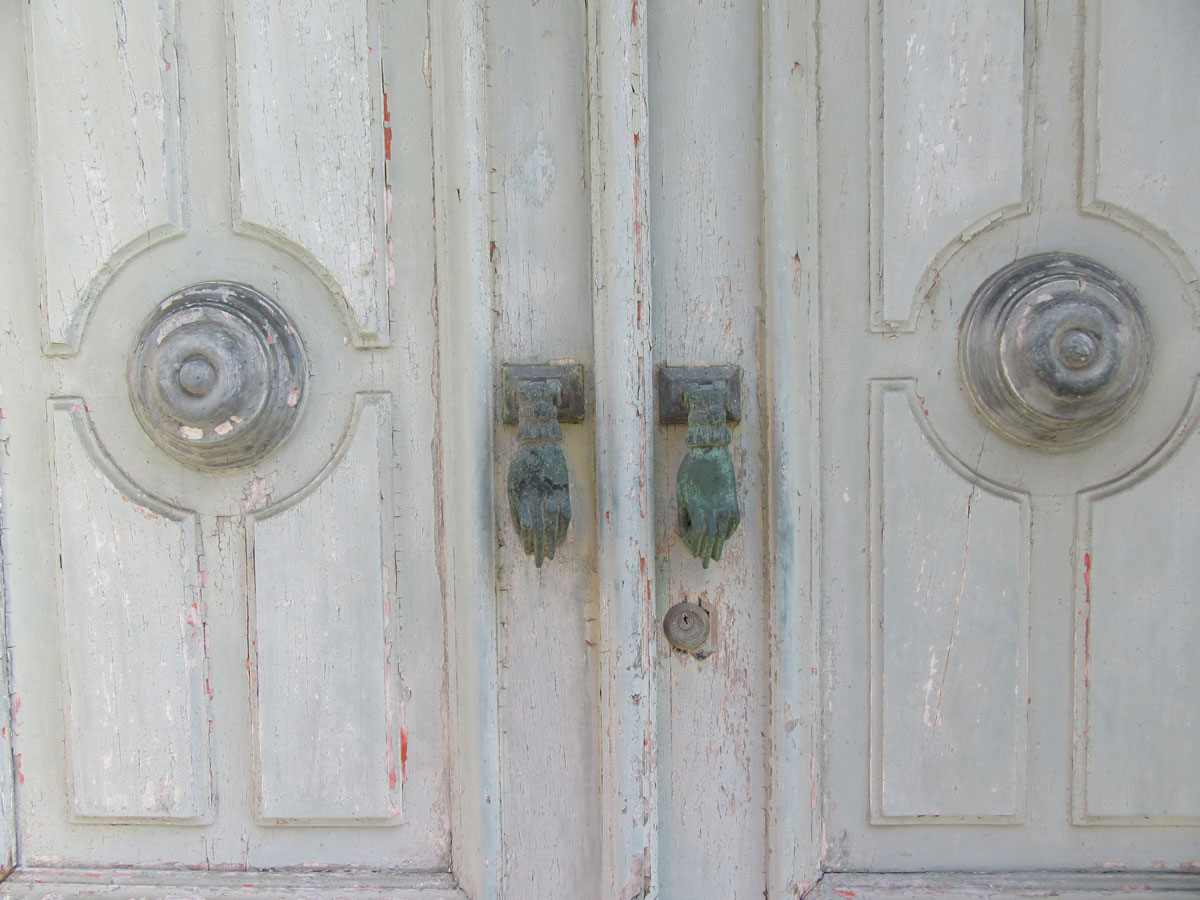
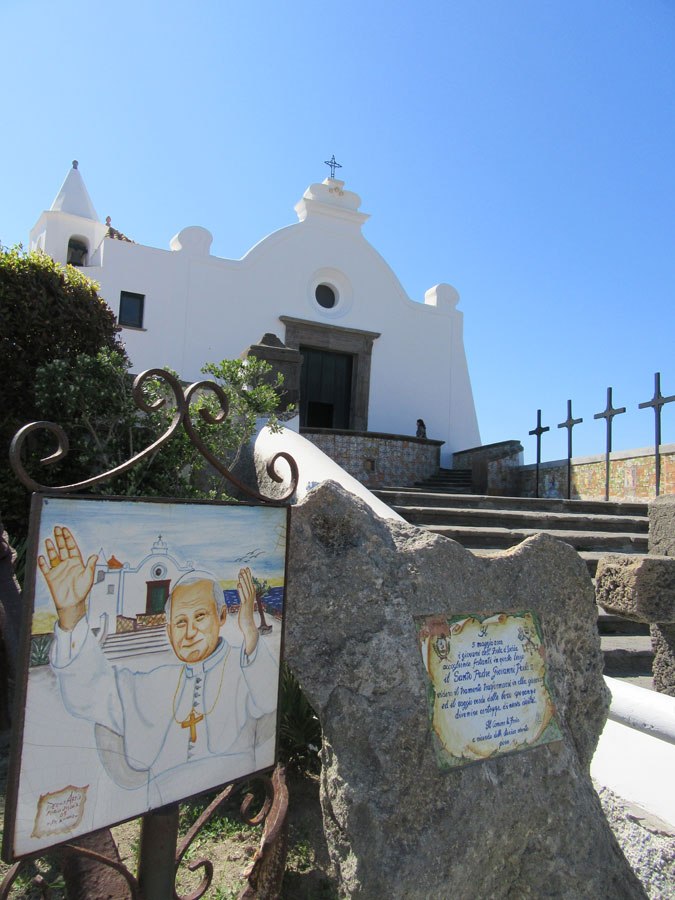
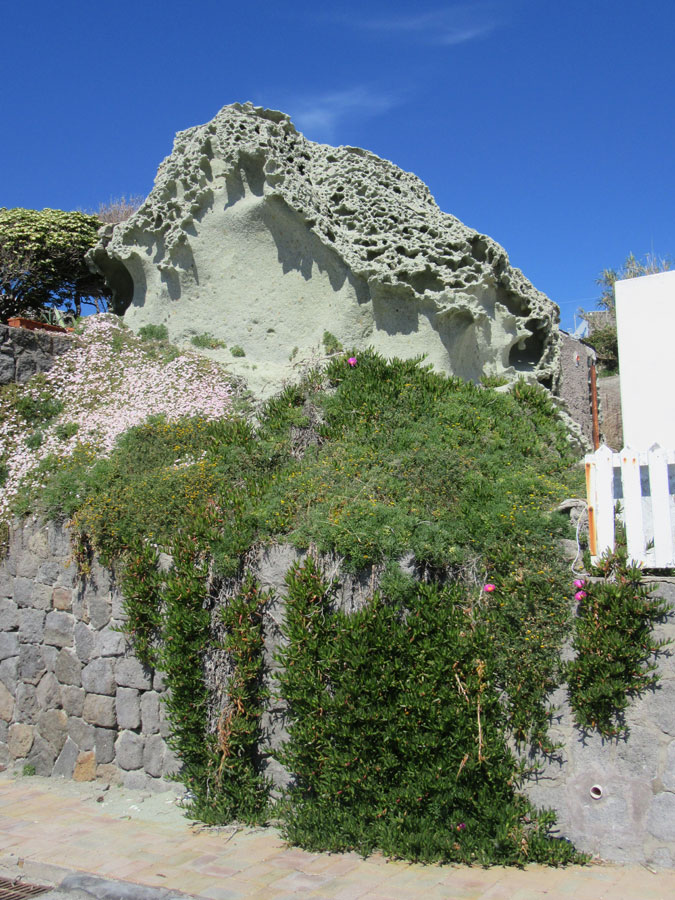
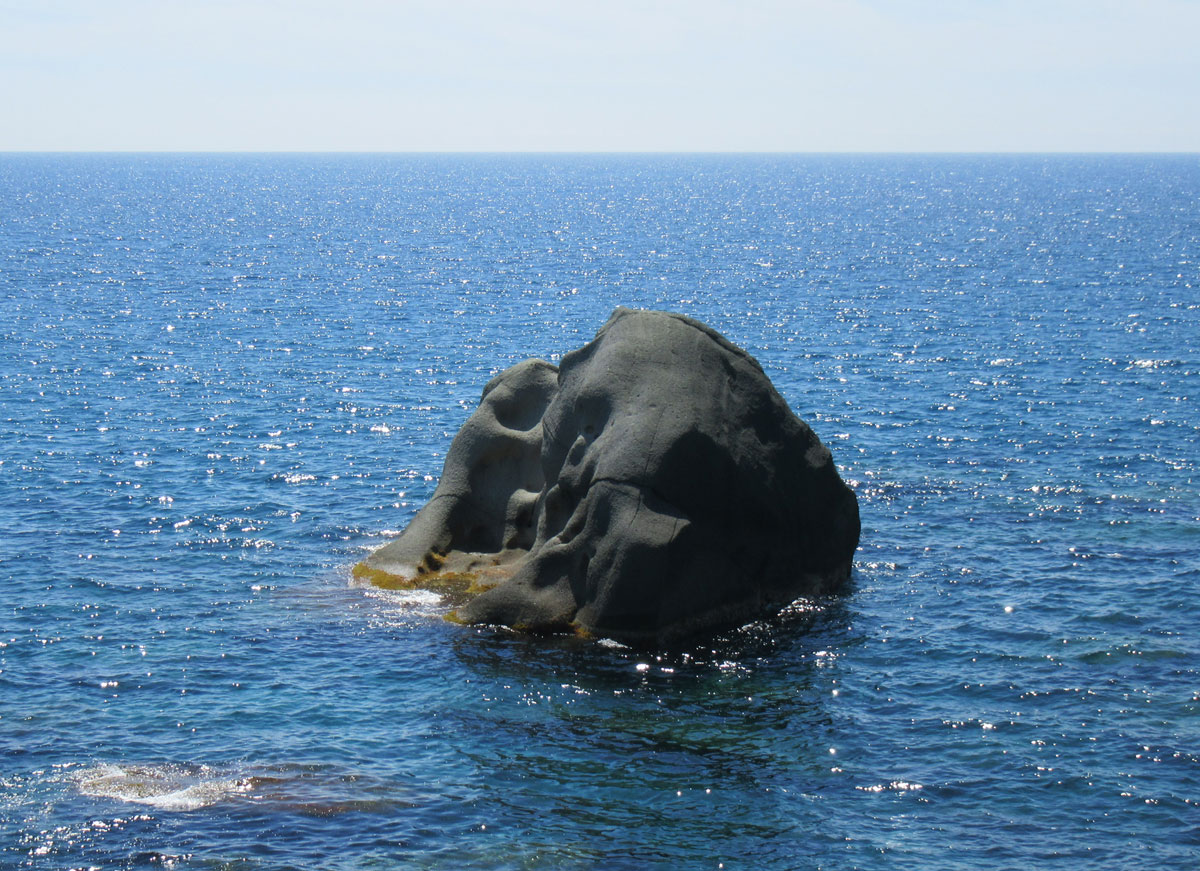
If you decide to hike from Sant’Angelo to the hilltop town of Serrara Fontana, make sure you have decent shoes and be prepared to turn back. The views alone make the effort worth it, but landslides had buried small sections of the trail when we went, making for at least one slightly risky scramble. We found signs warning us that the trail was out of service – when we reached the top.
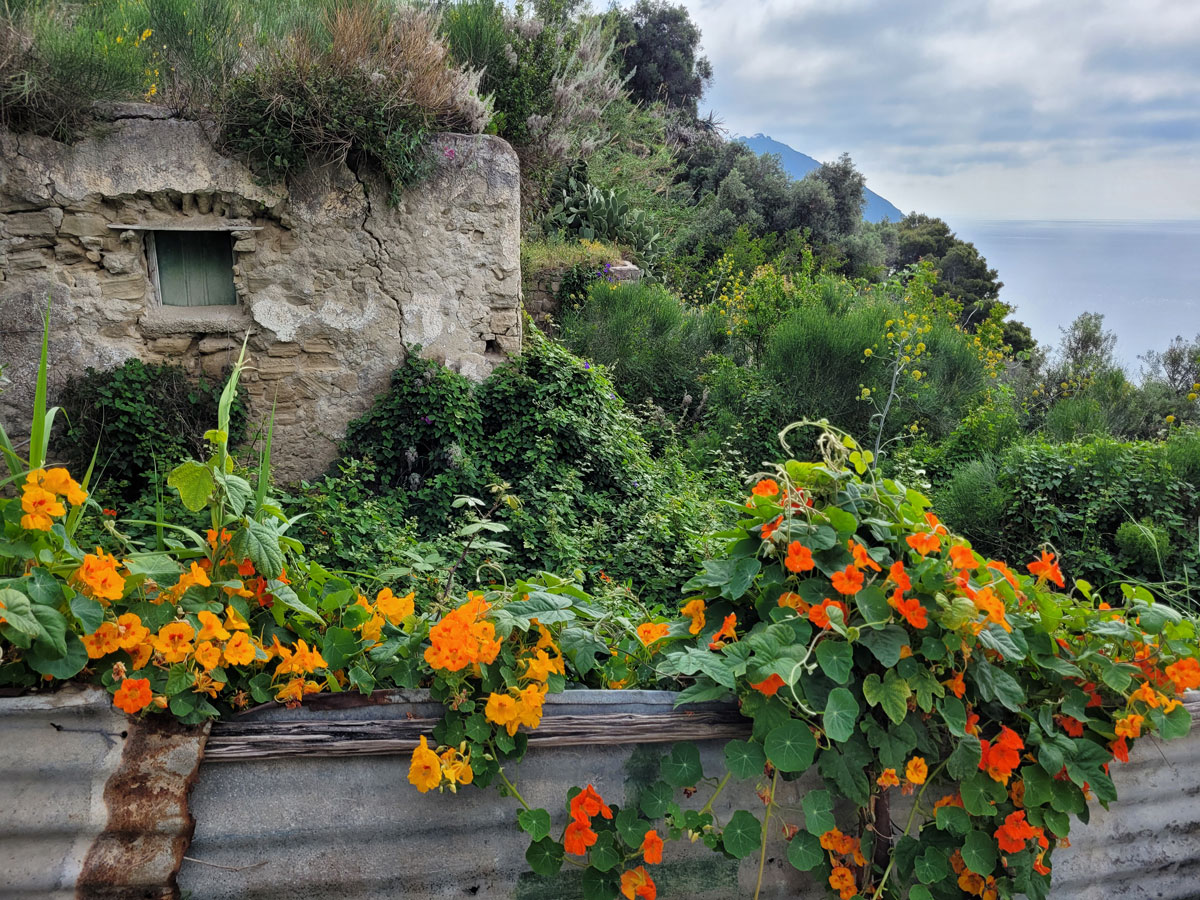
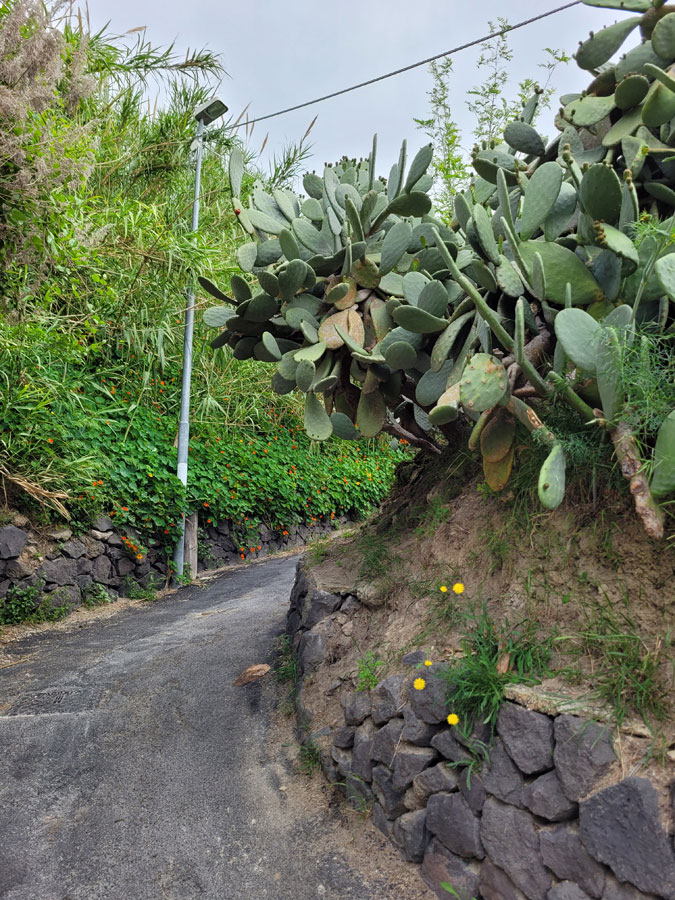
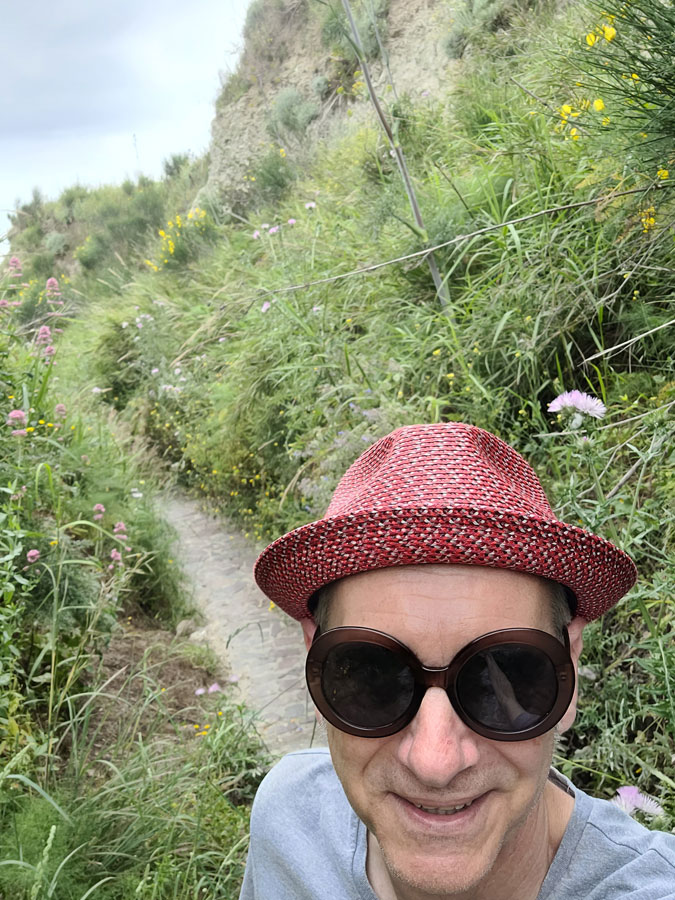
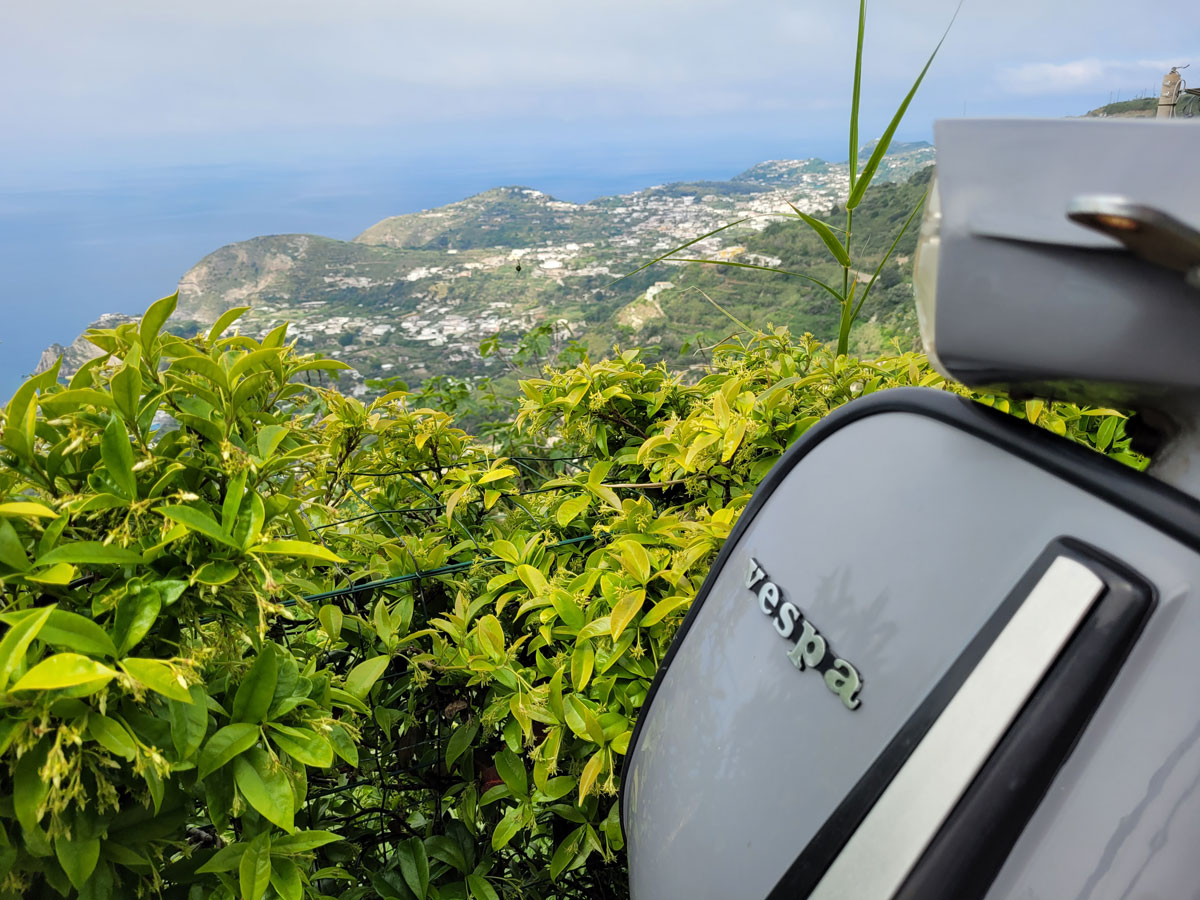
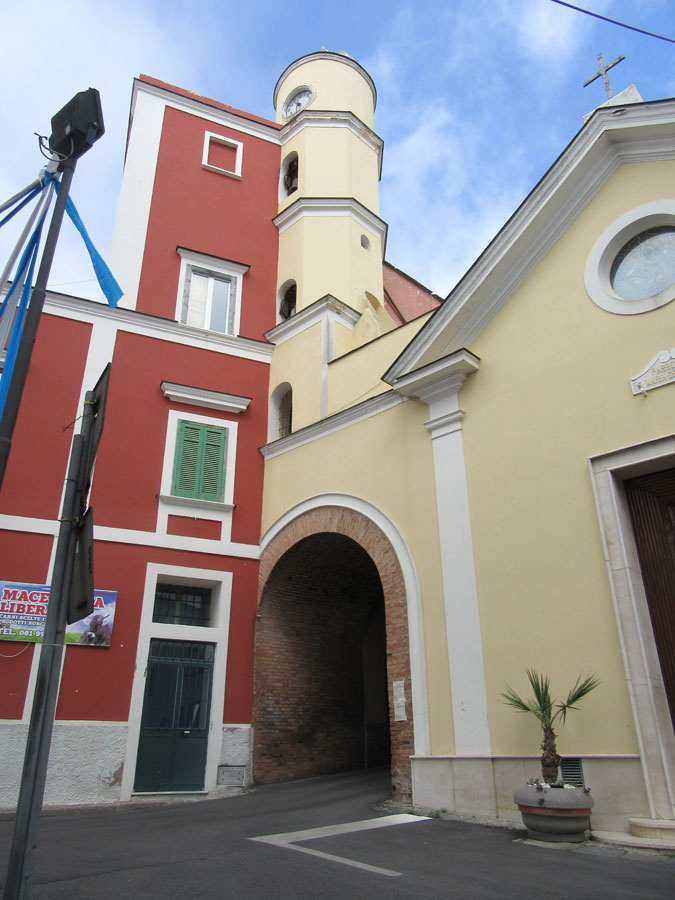
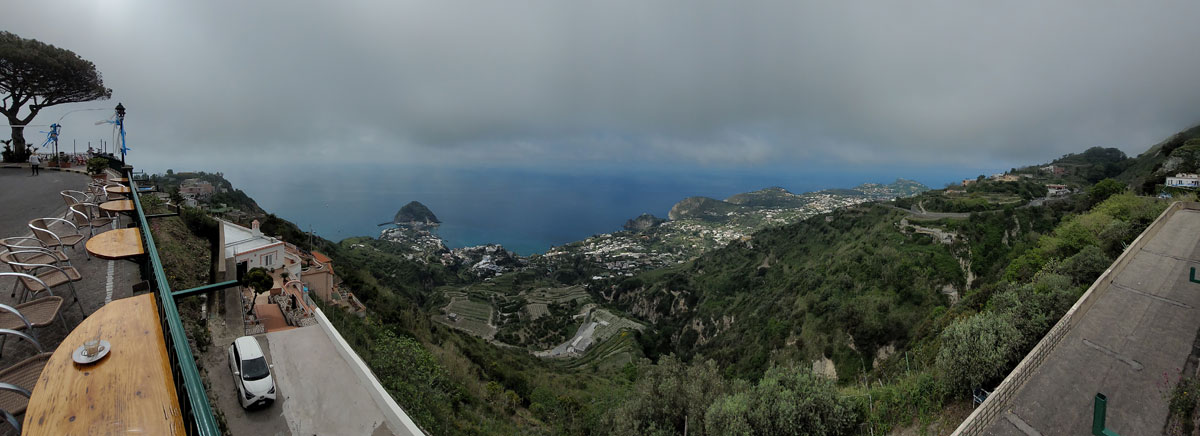
We didn’t explore the town itself much, instead sitting on a patio and admiring the view. Rather than make the arduous return trip on foot, we caught a bus back.
With the weekend came the aforementioned party boats, some blasting Italian disco, an unwelcome intrusion into our previously peaceful world (at least unwelcome by me – the locals survive off tourism, including these well-heeled visitors.) Once one takes up residence in a place for a few days, one can feel a sense of ownership. “Who are these outsiders arriving in my town?” I thought on more than one occasion. The occasional snippet of another English speaker felt like an affront.
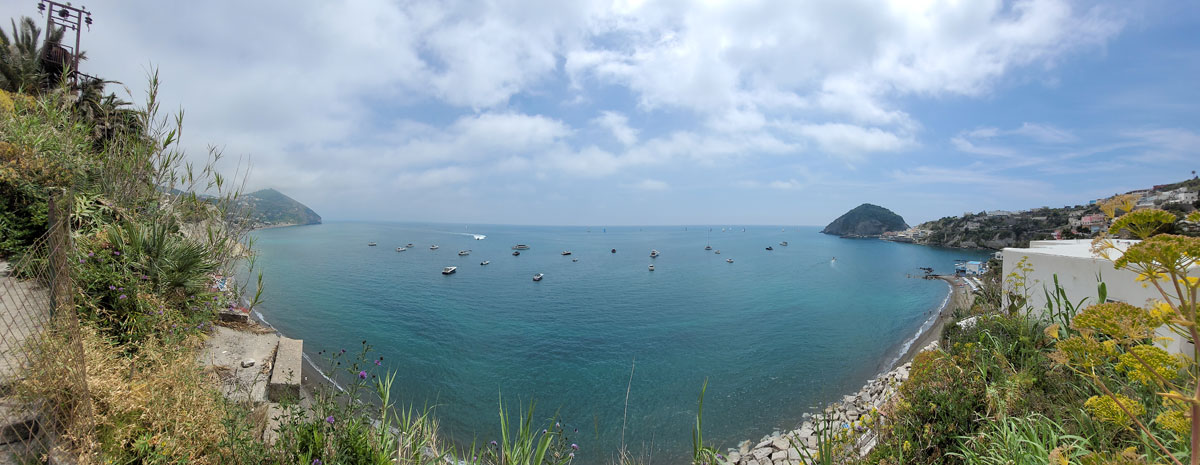
Another day trip took us all the way back to Ischia Porto. My impression of the town, from a very brief walk-through, is that it’s a bit too hectic if you’re trying to get away from crowds and relax. It has a beach, just outside the busy port, and a lot of retail and restaurants, so if you’re in need of civilization while on the island, this is the biggest chunk.

After lunch, we walked out to Castello Aragonese d’Ischia. The tower of rock just offshore has hosted Syracusans, Parthenopeans (the ancient inhabitants of Naples), Romans, Aragonese, Greek Orthodox monks, a French occupation that resulted in a British bombardment, political prisoners, and now a few residents and a steady stream of tourists. It’s an impressive location with amazing views. The castle itself is… just ok. There is a display of antique arms and armor through the ages, some torture implements, and a few mosaics, but not much else. I found myself looking out more often than in.
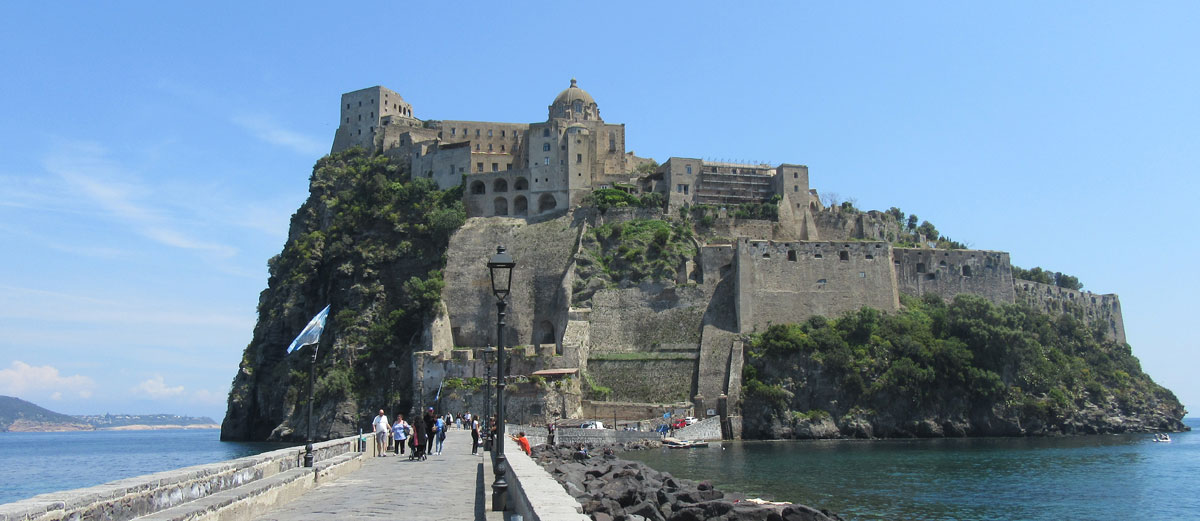
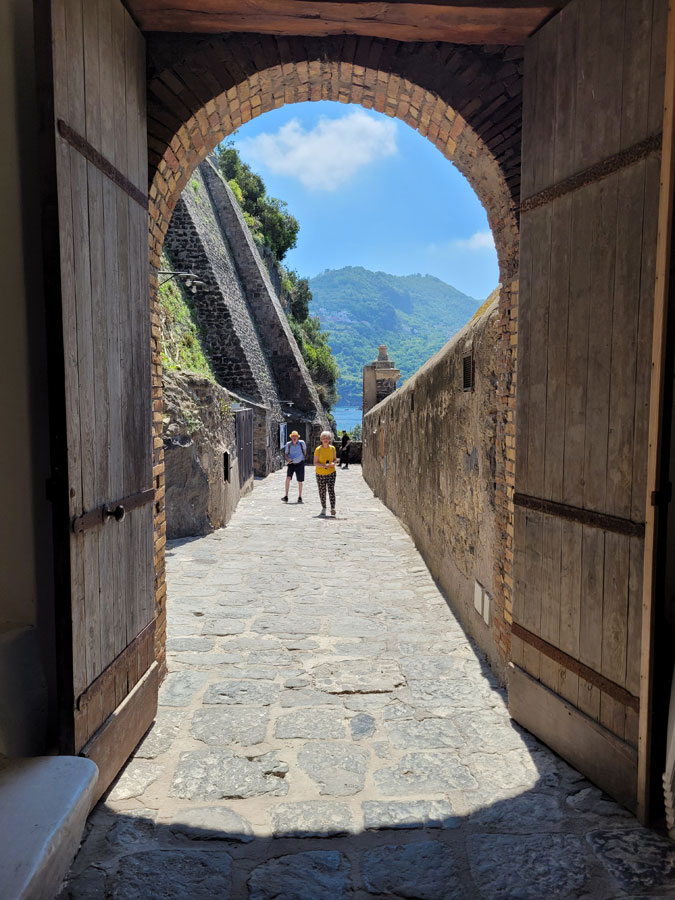
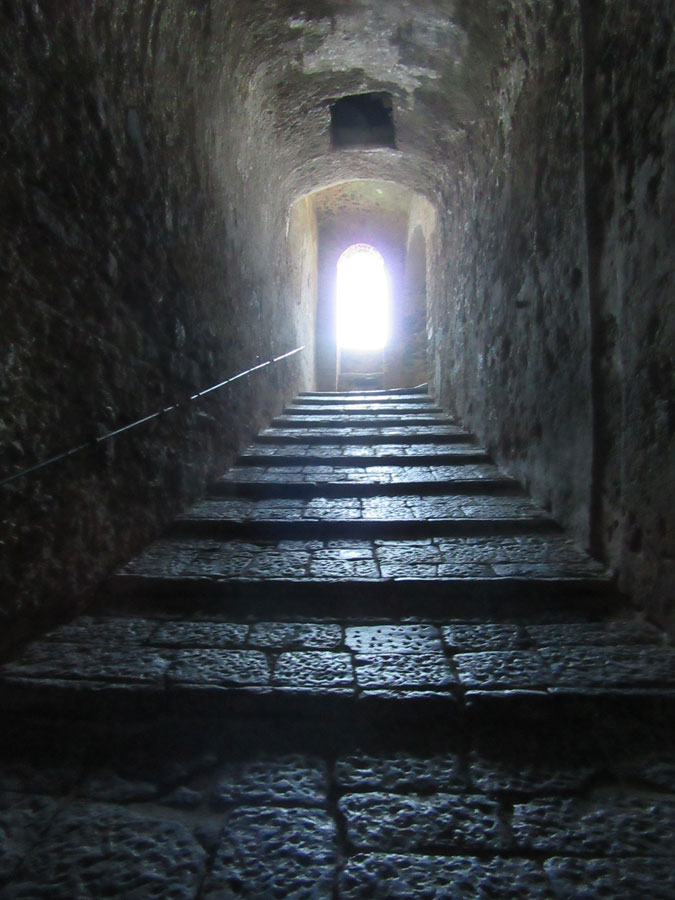
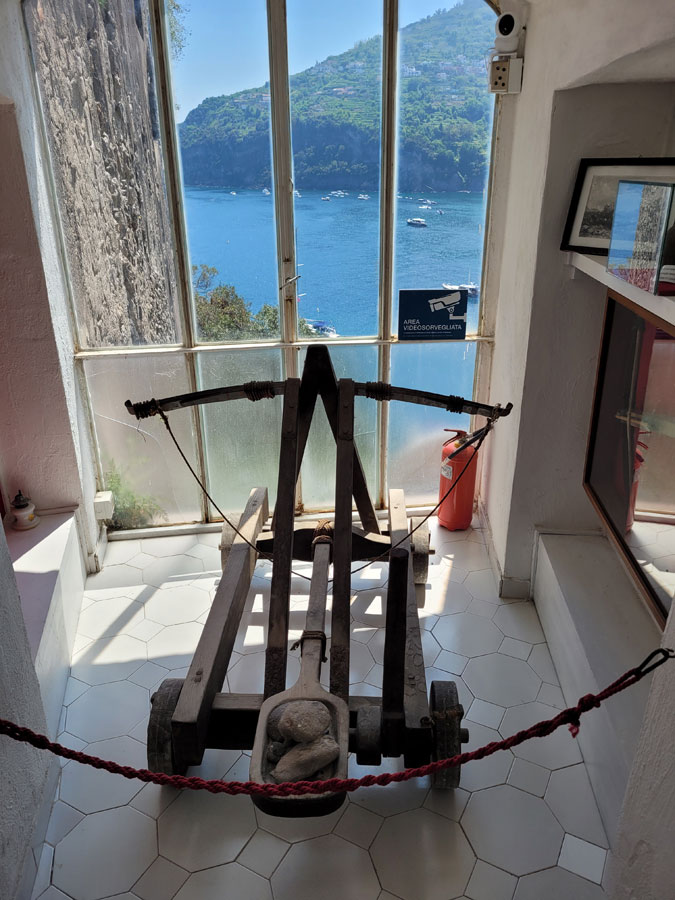
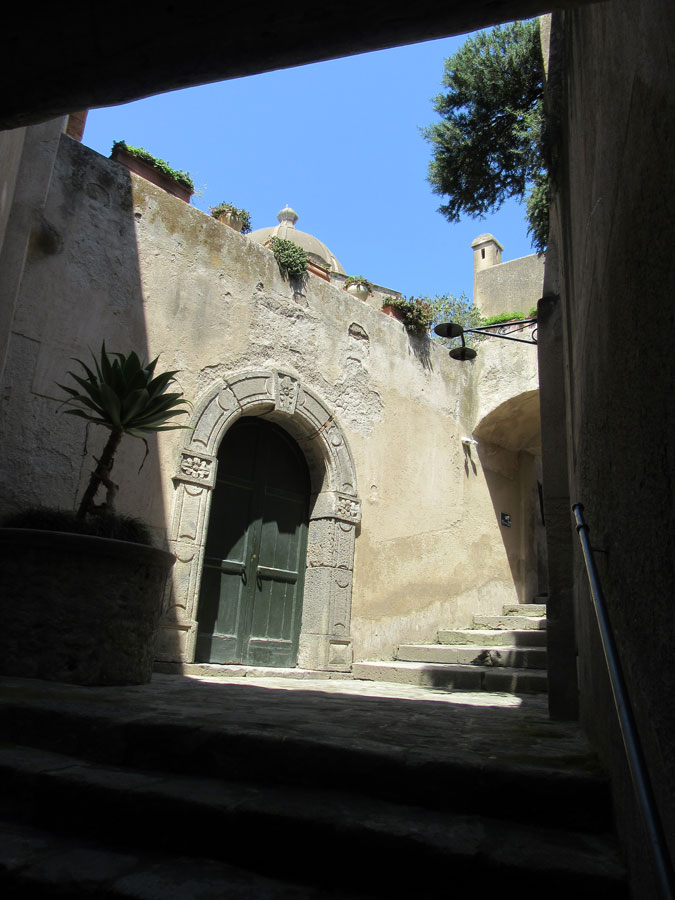
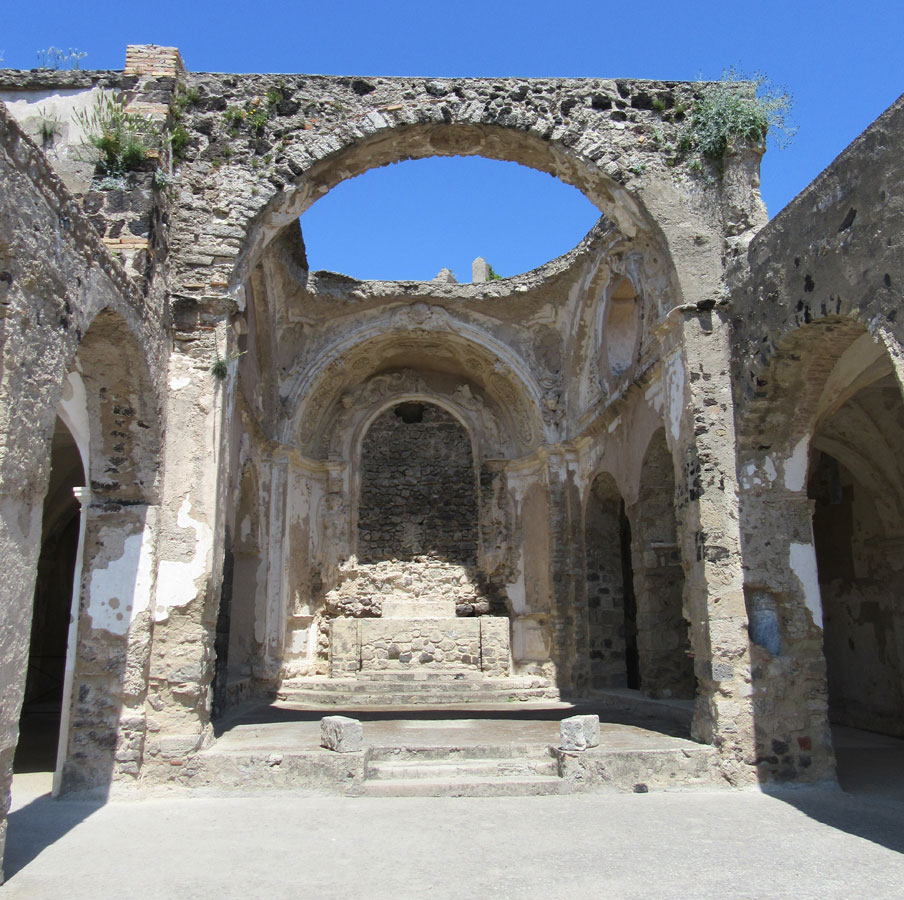
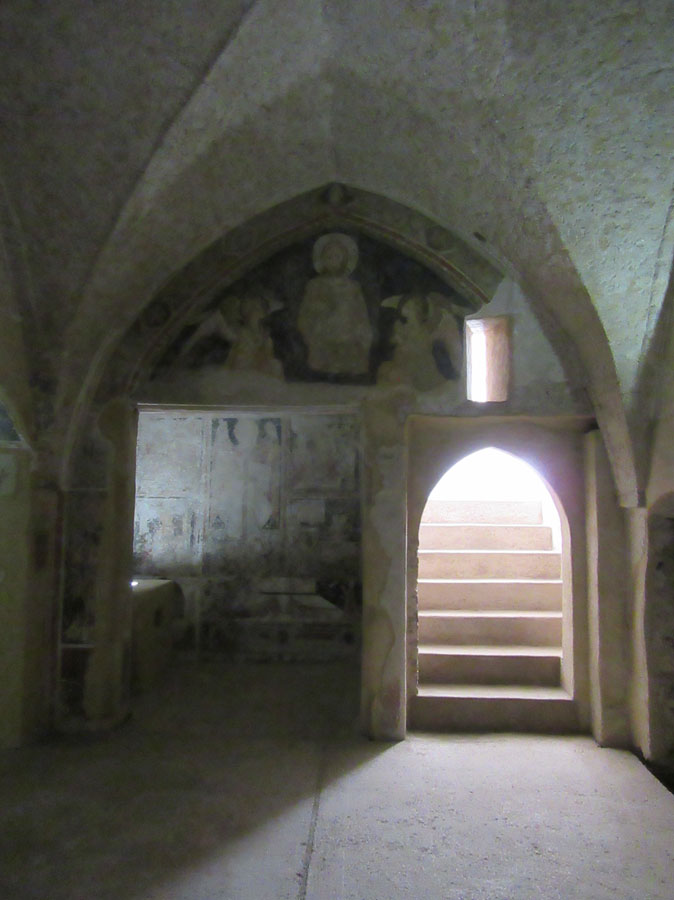
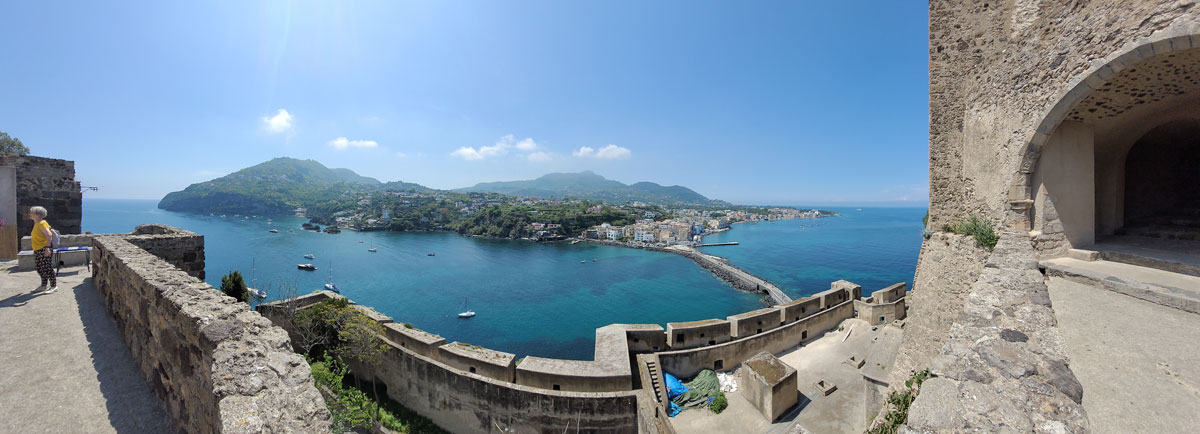
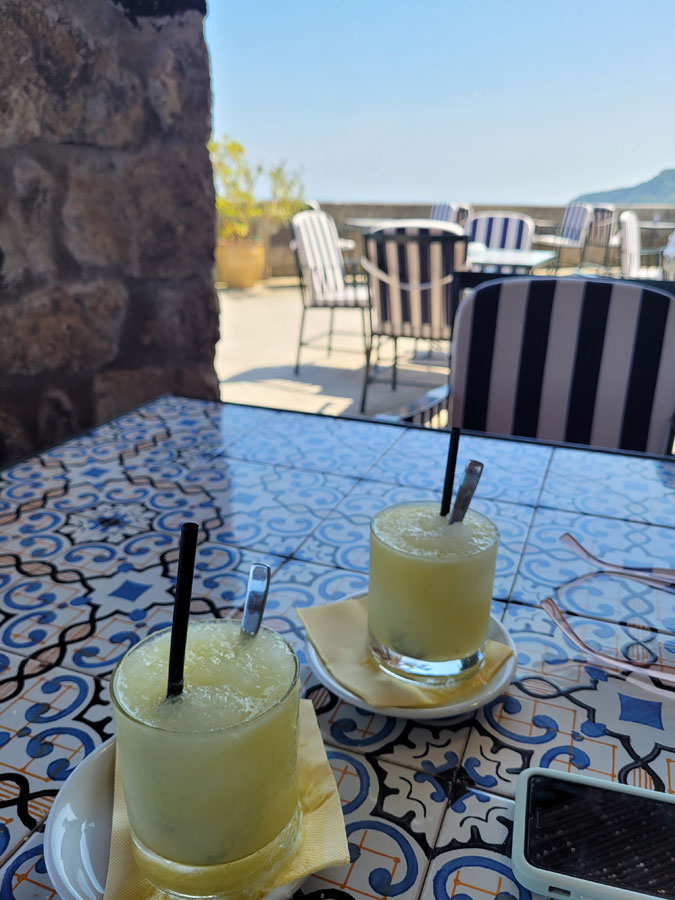
Back in Sant’Angelo, we had our best meal on the island at Ristorante Deus Neptunus, a seafood-focused establishment perched on the cliff on the west side of town, making for the perfect sunset viewing location.
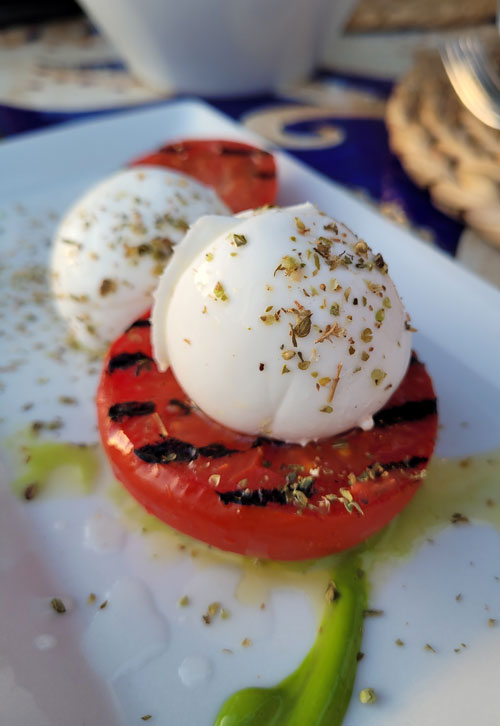
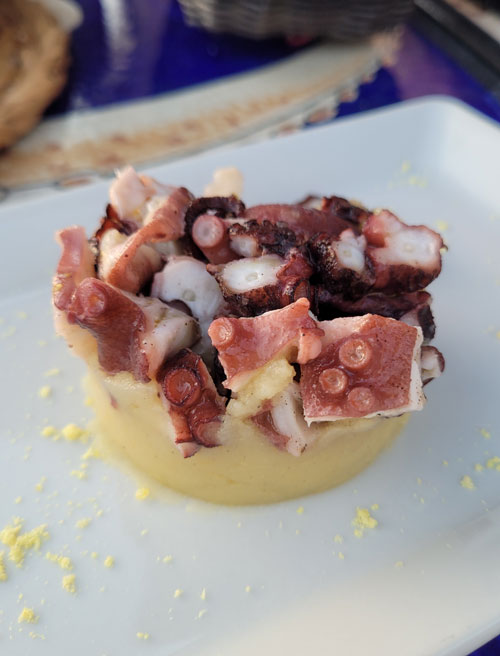
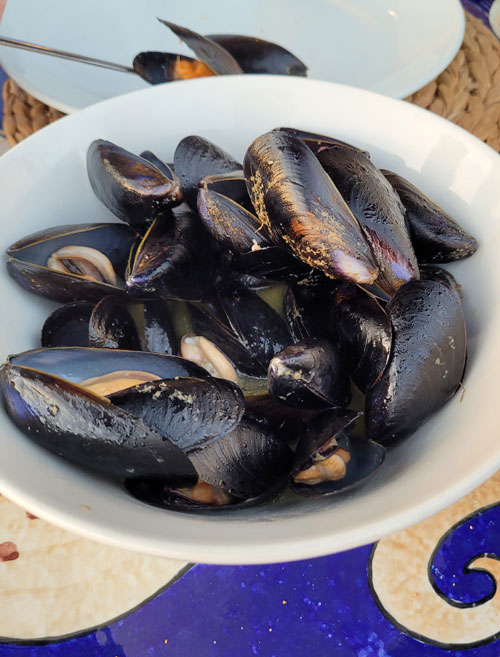
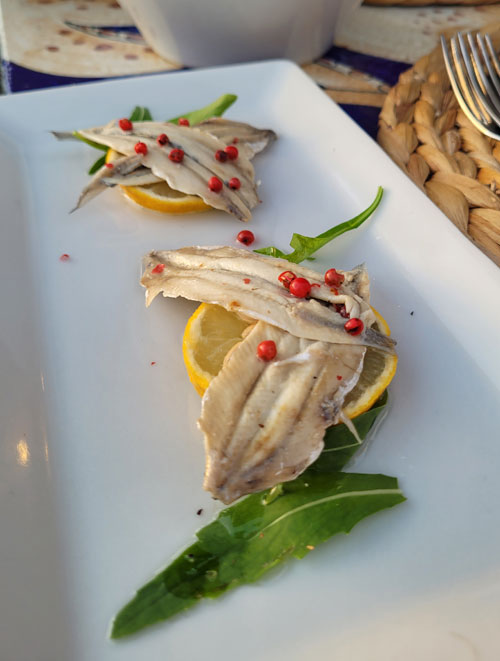
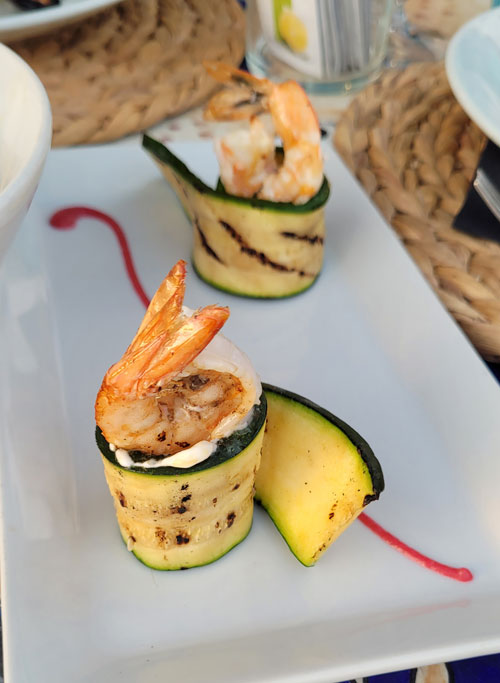
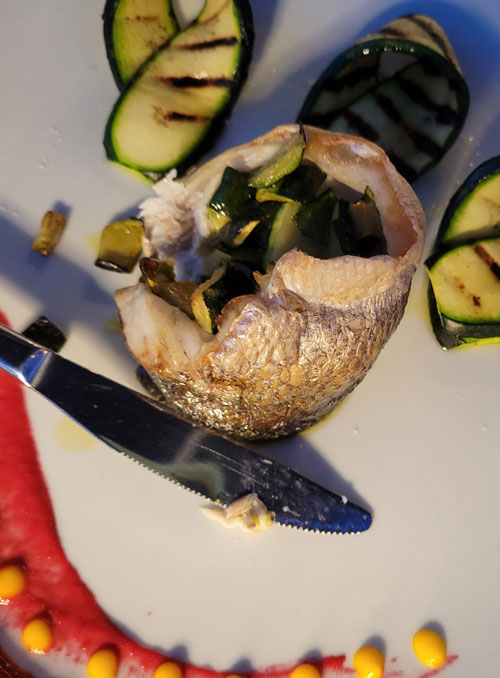
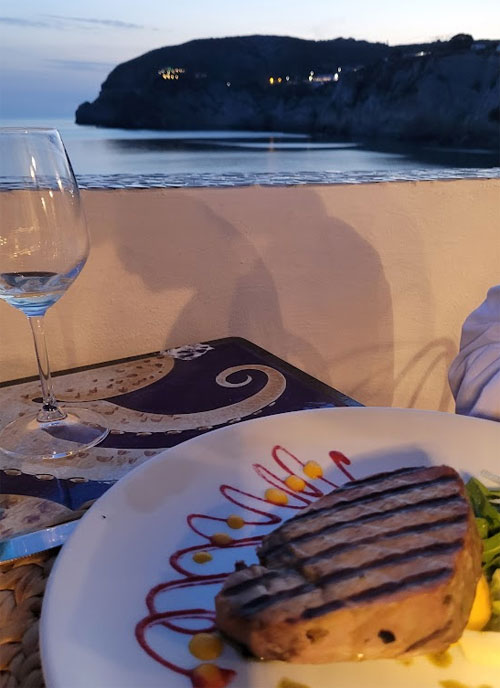
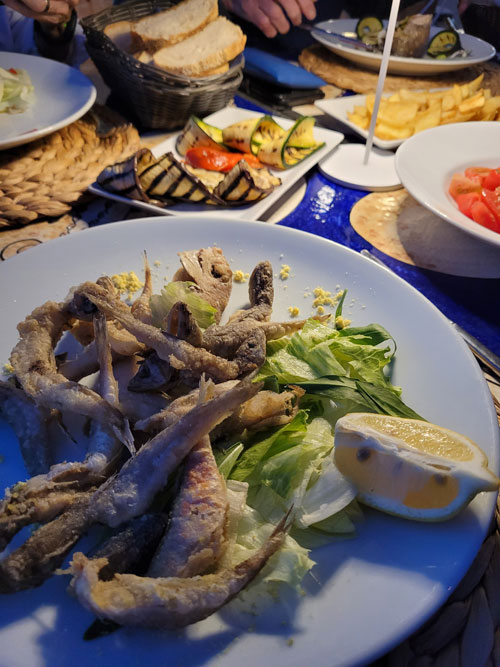
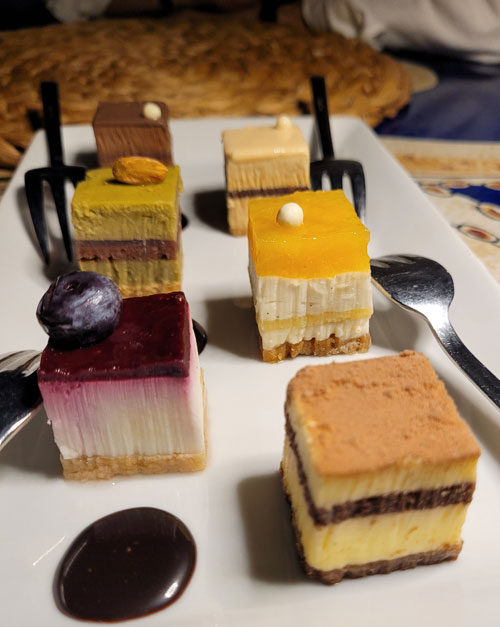
The rains arrived as I departed. We took the faster ferry to Napoli, which we’ll tackle next episode.
Previously: a long weekend in Rome.